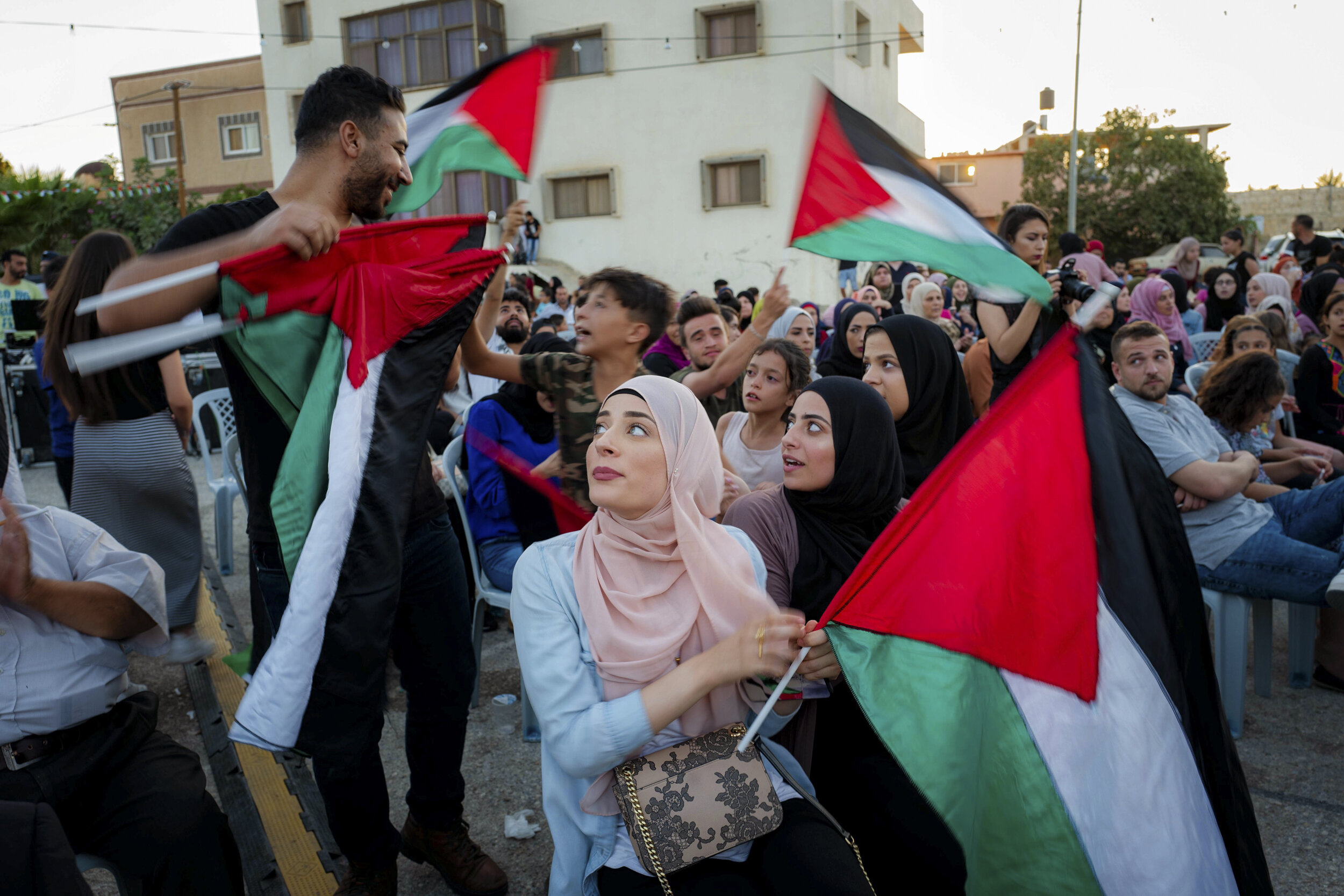
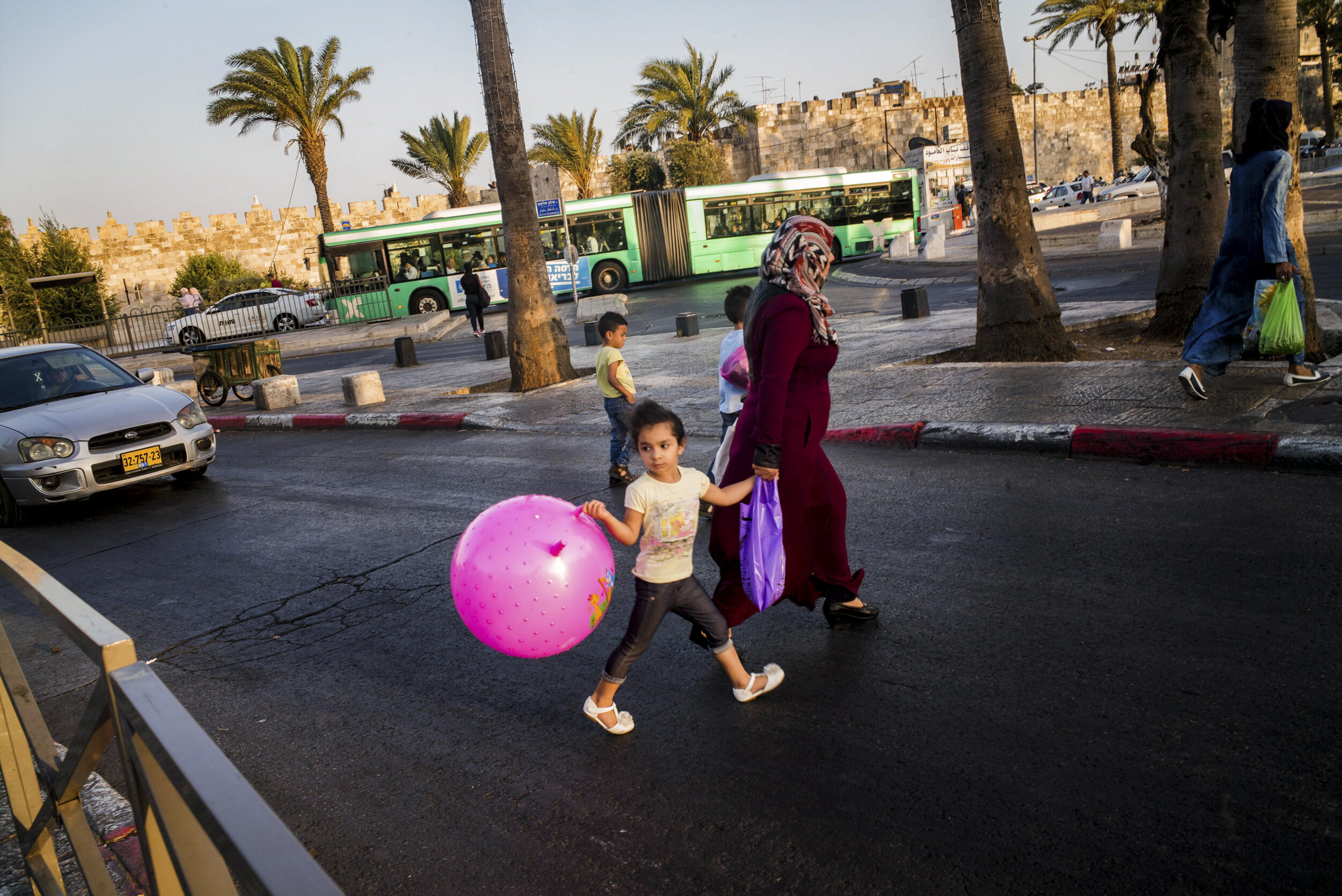
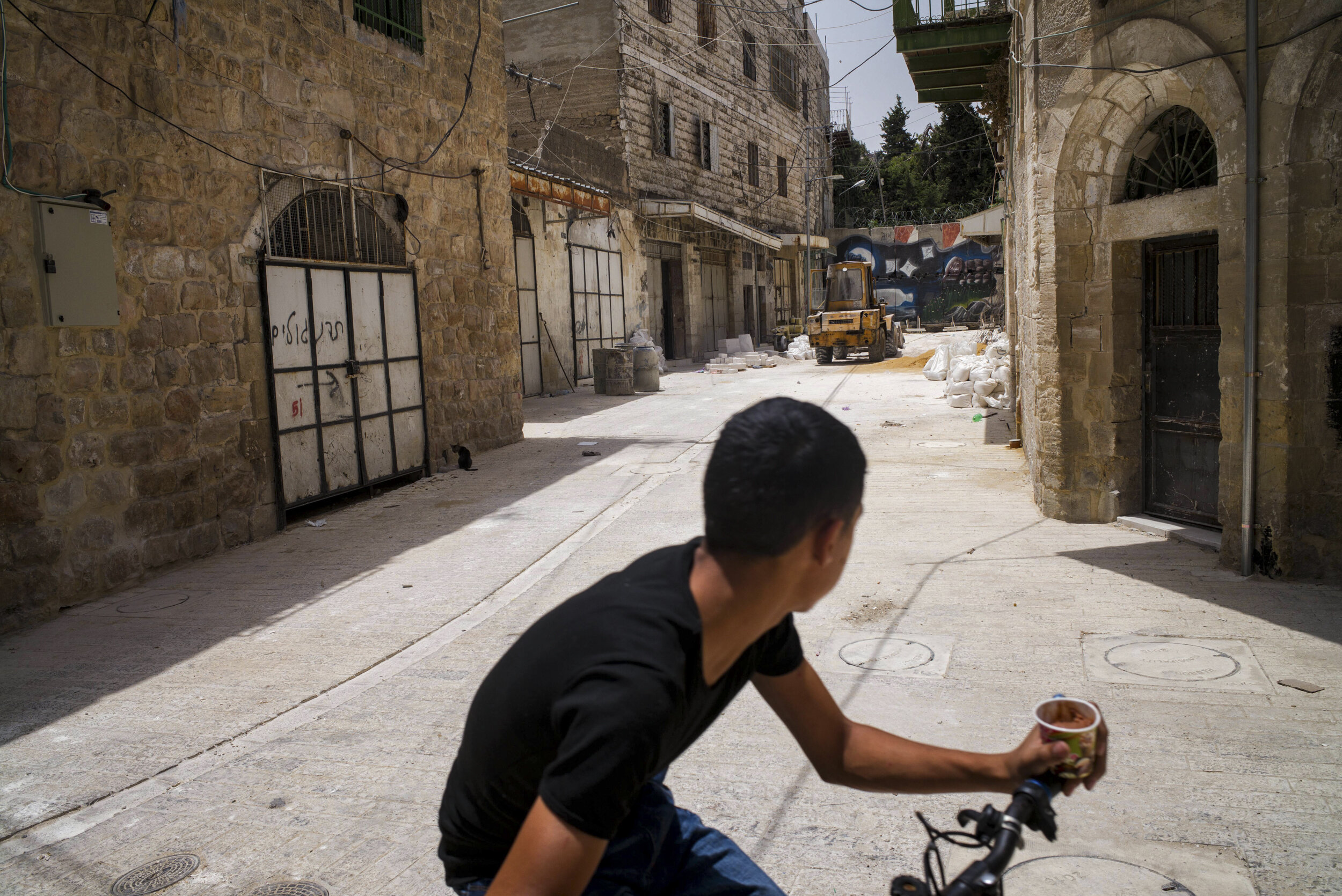
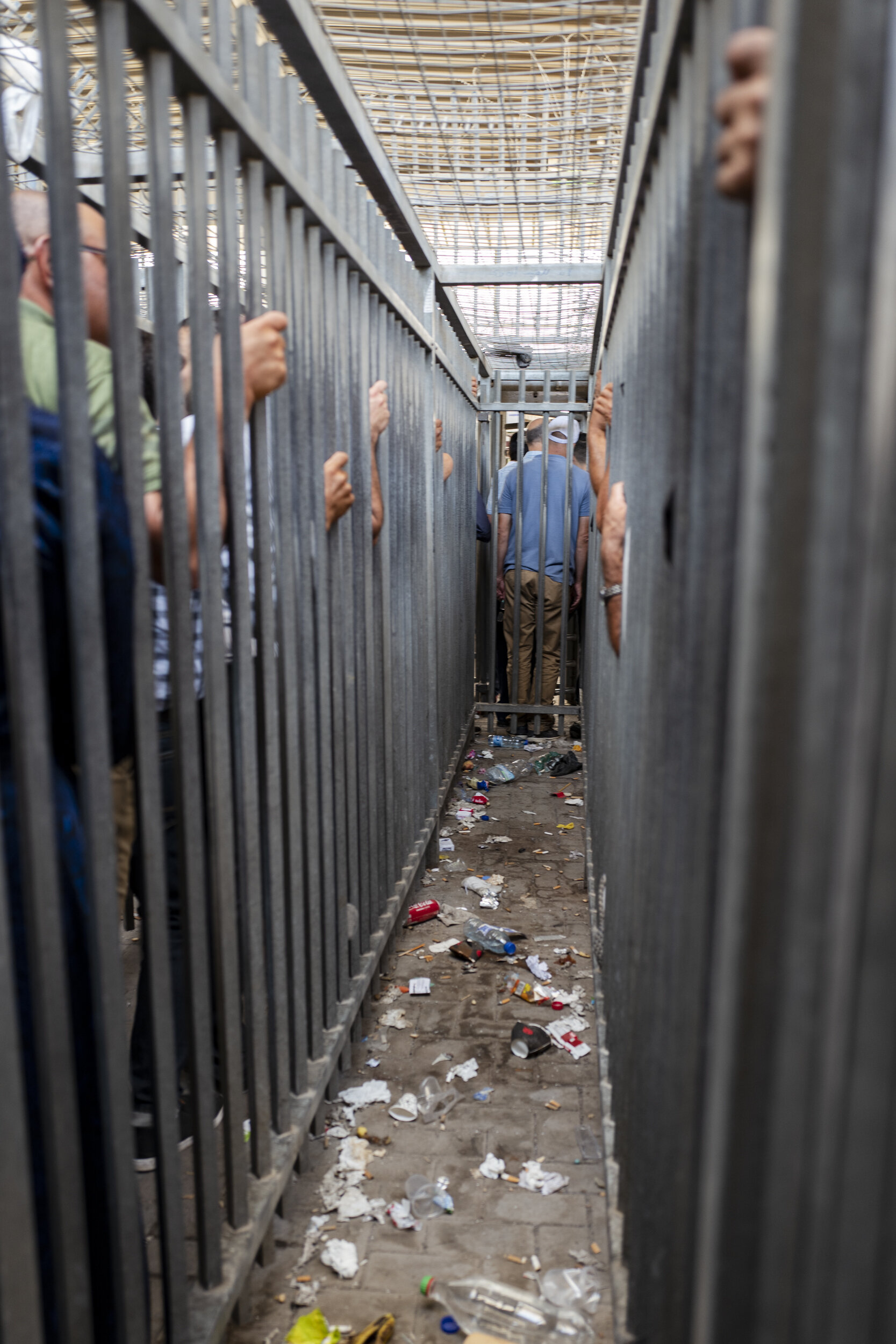
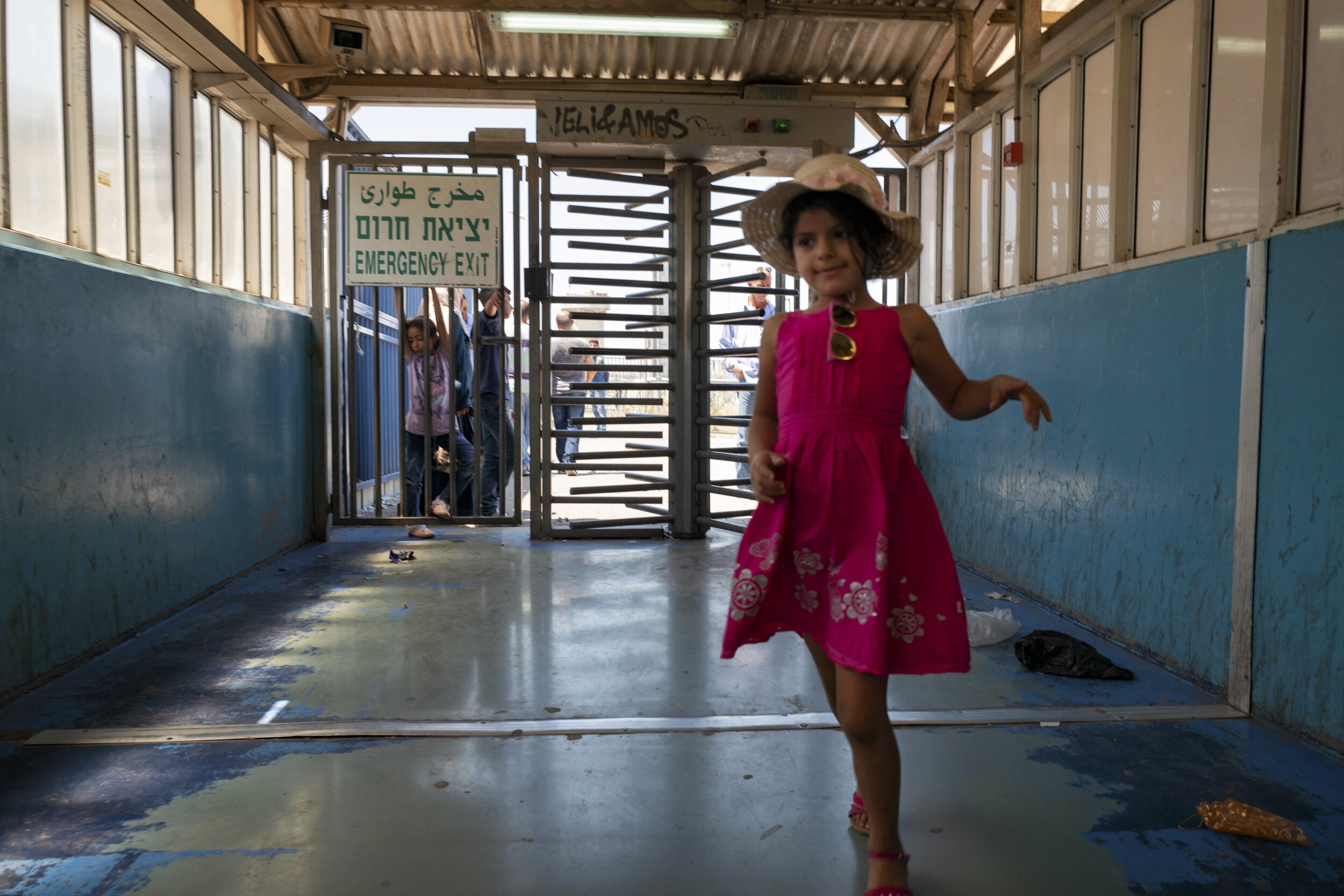
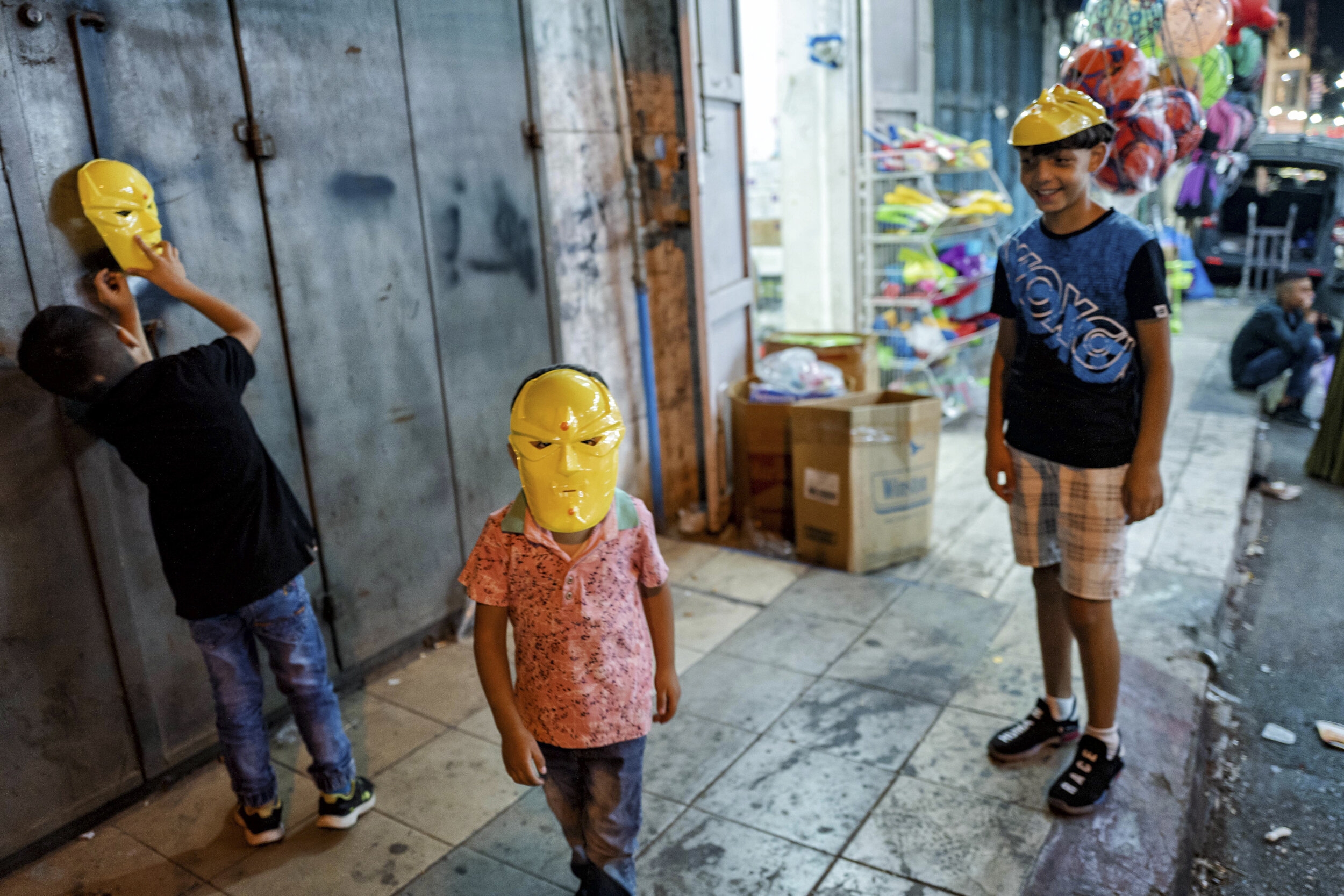
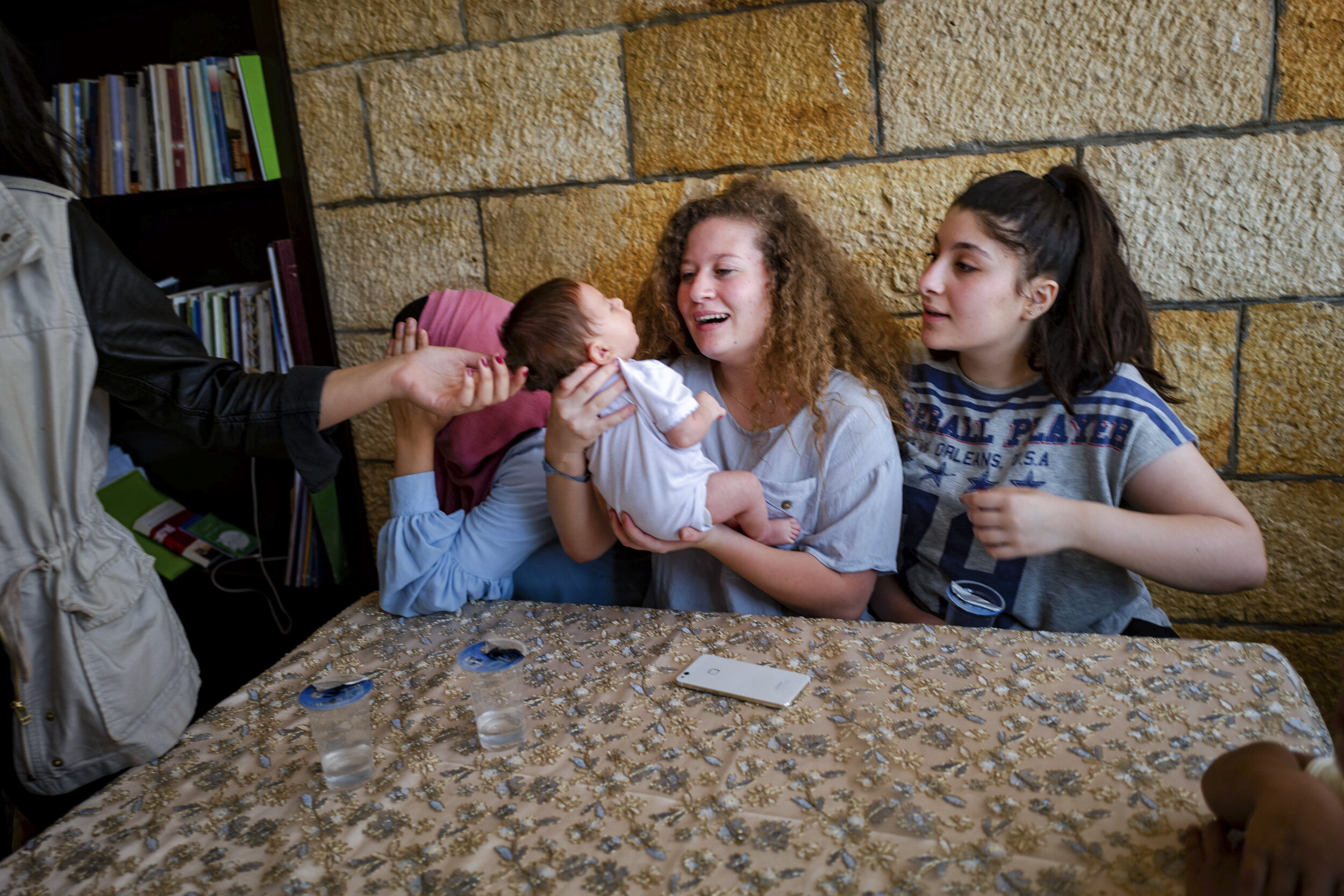
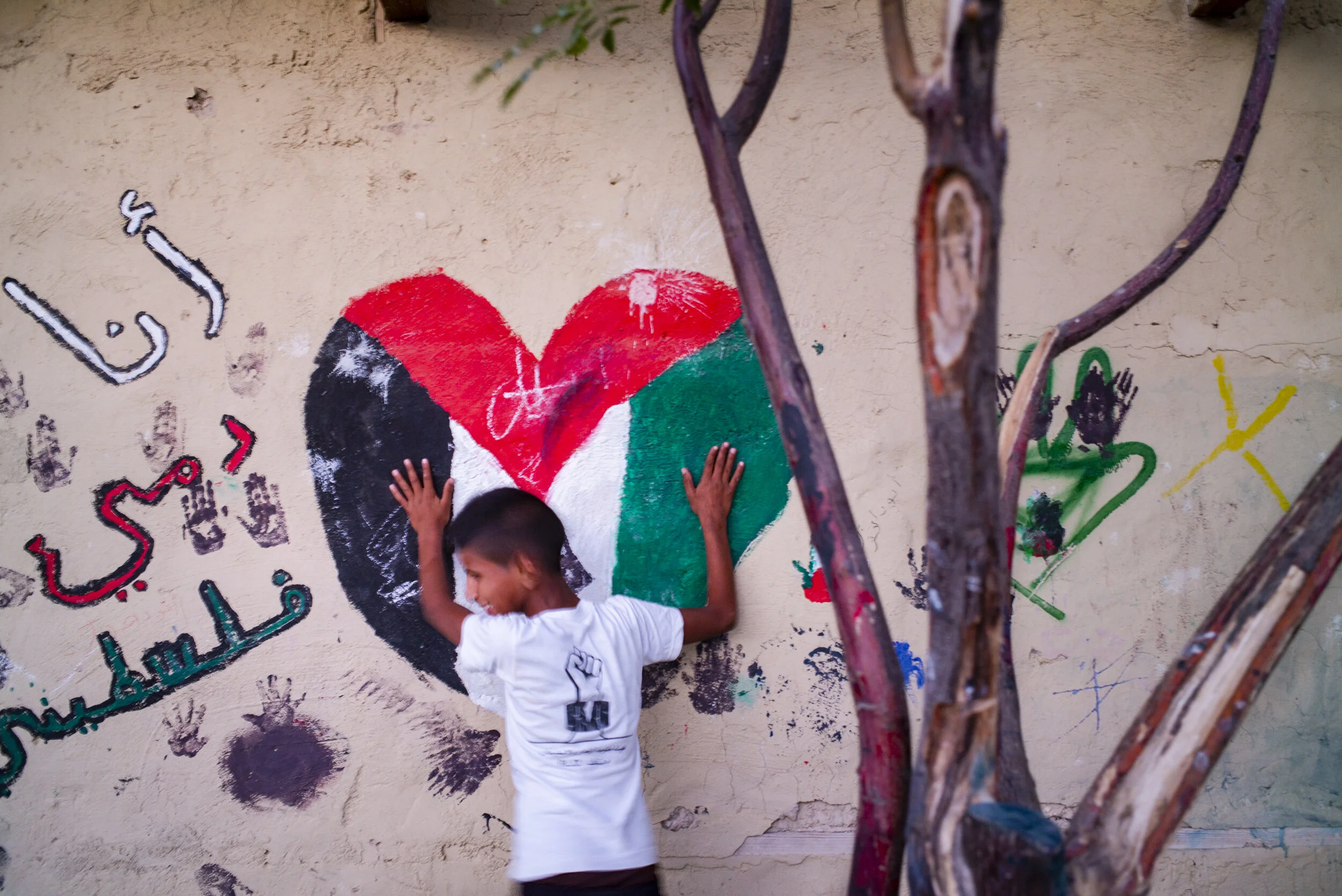
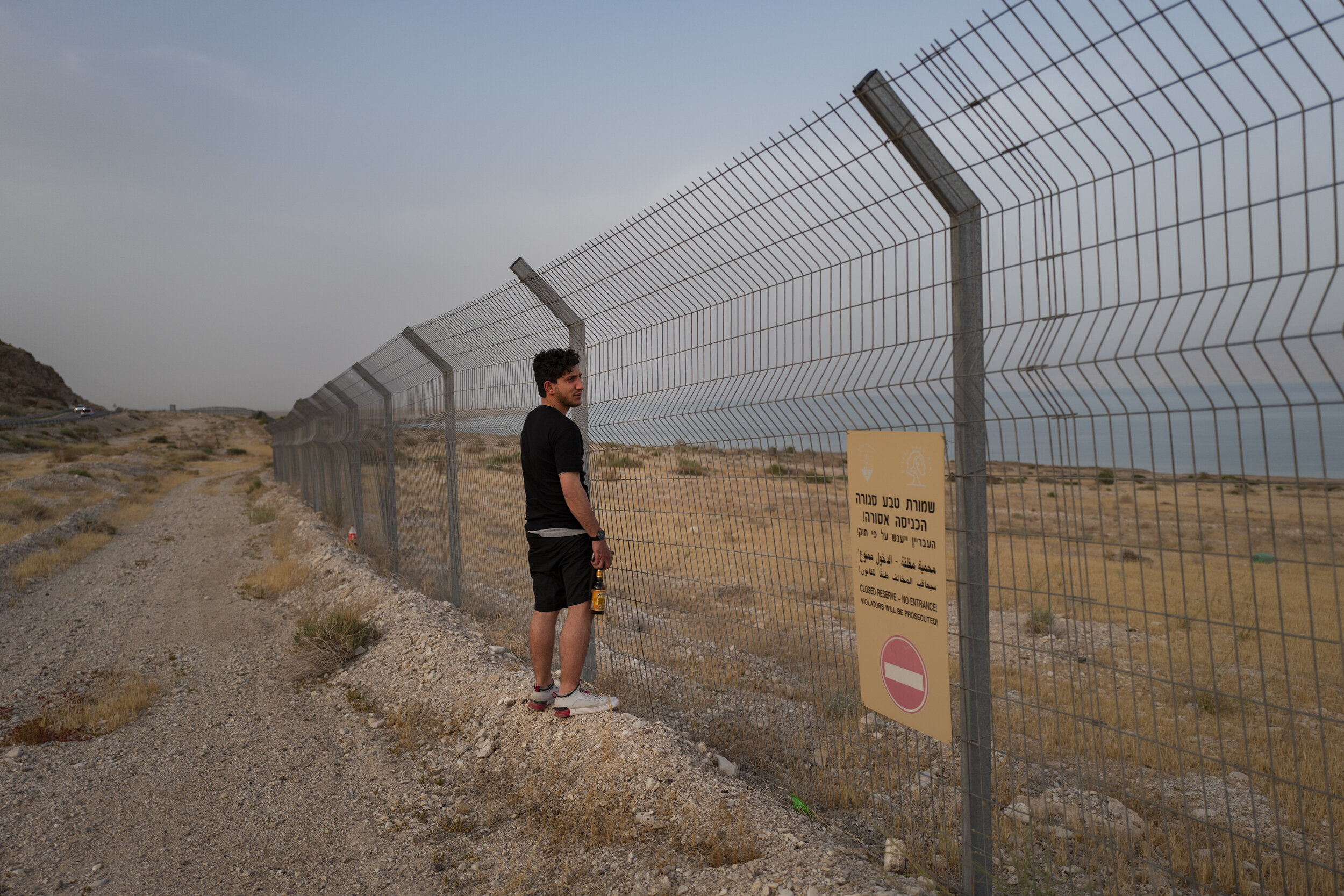
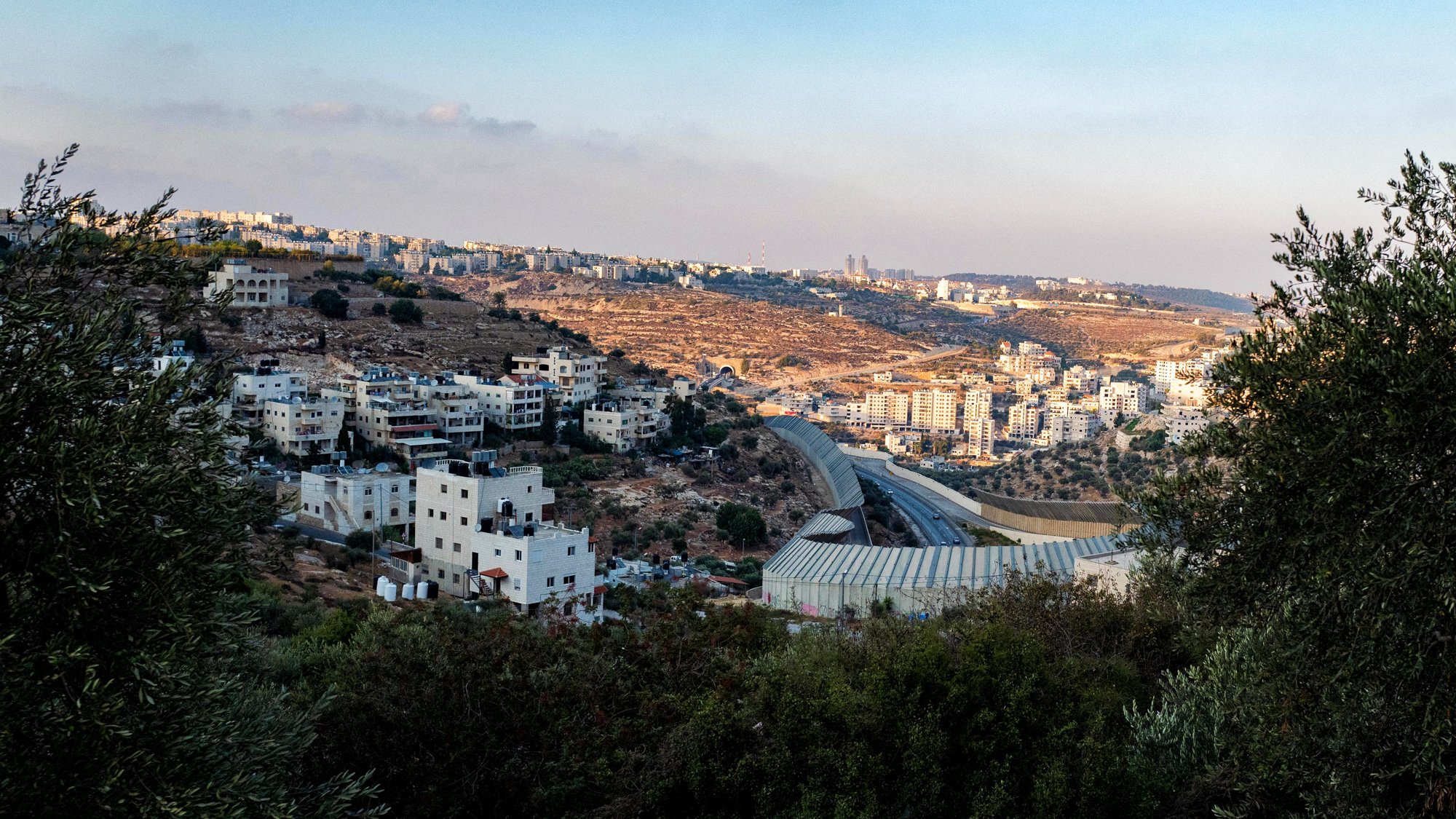
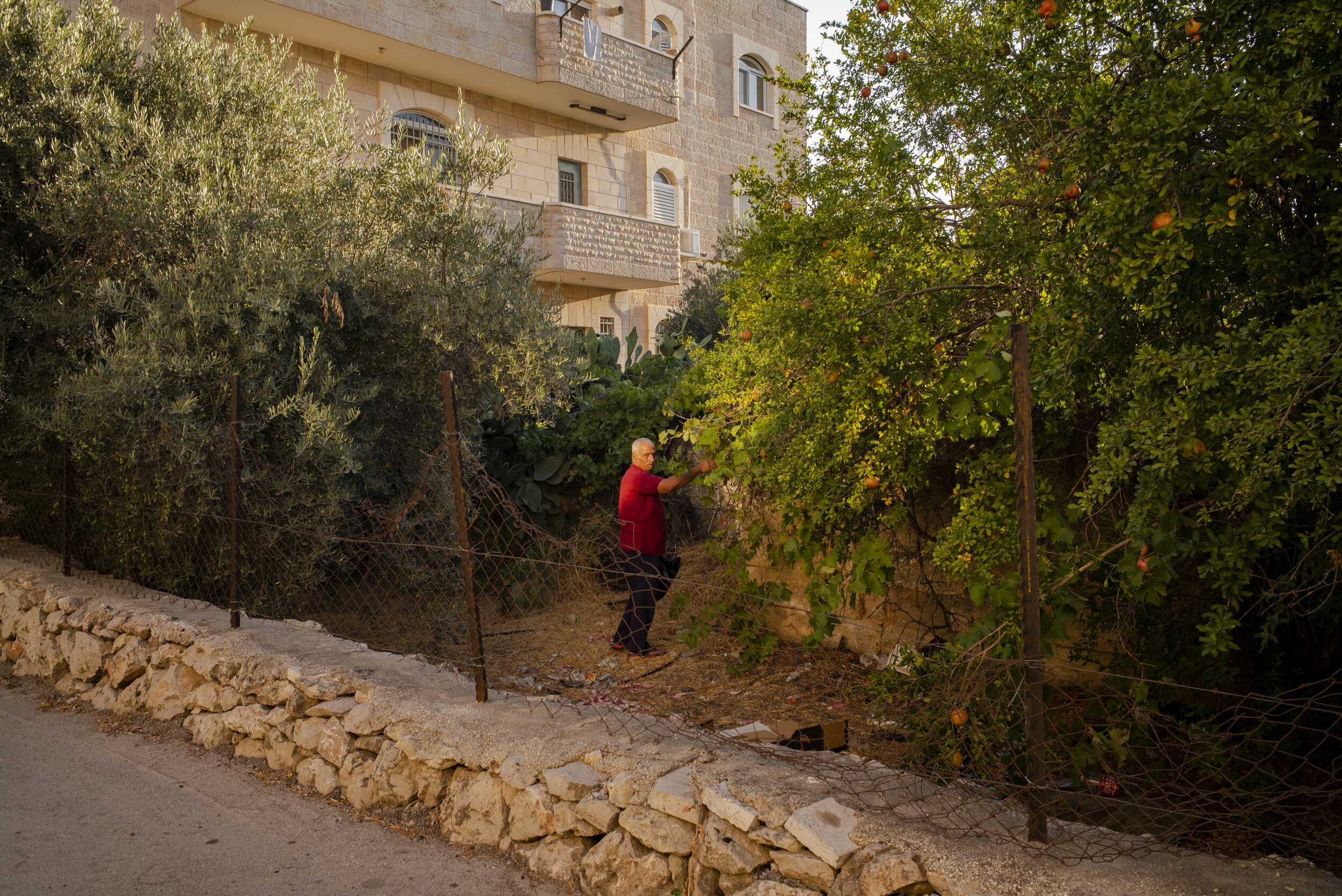
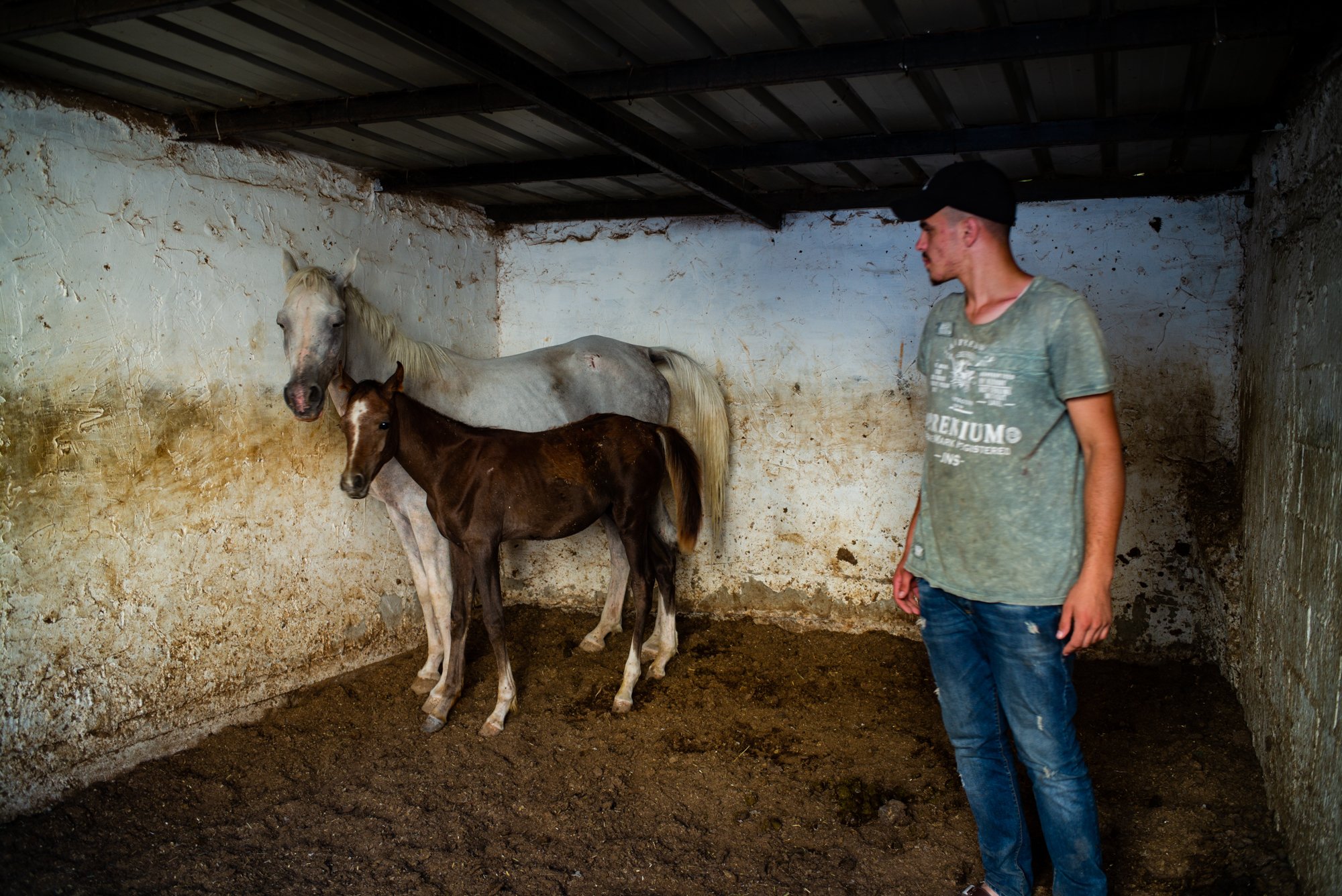
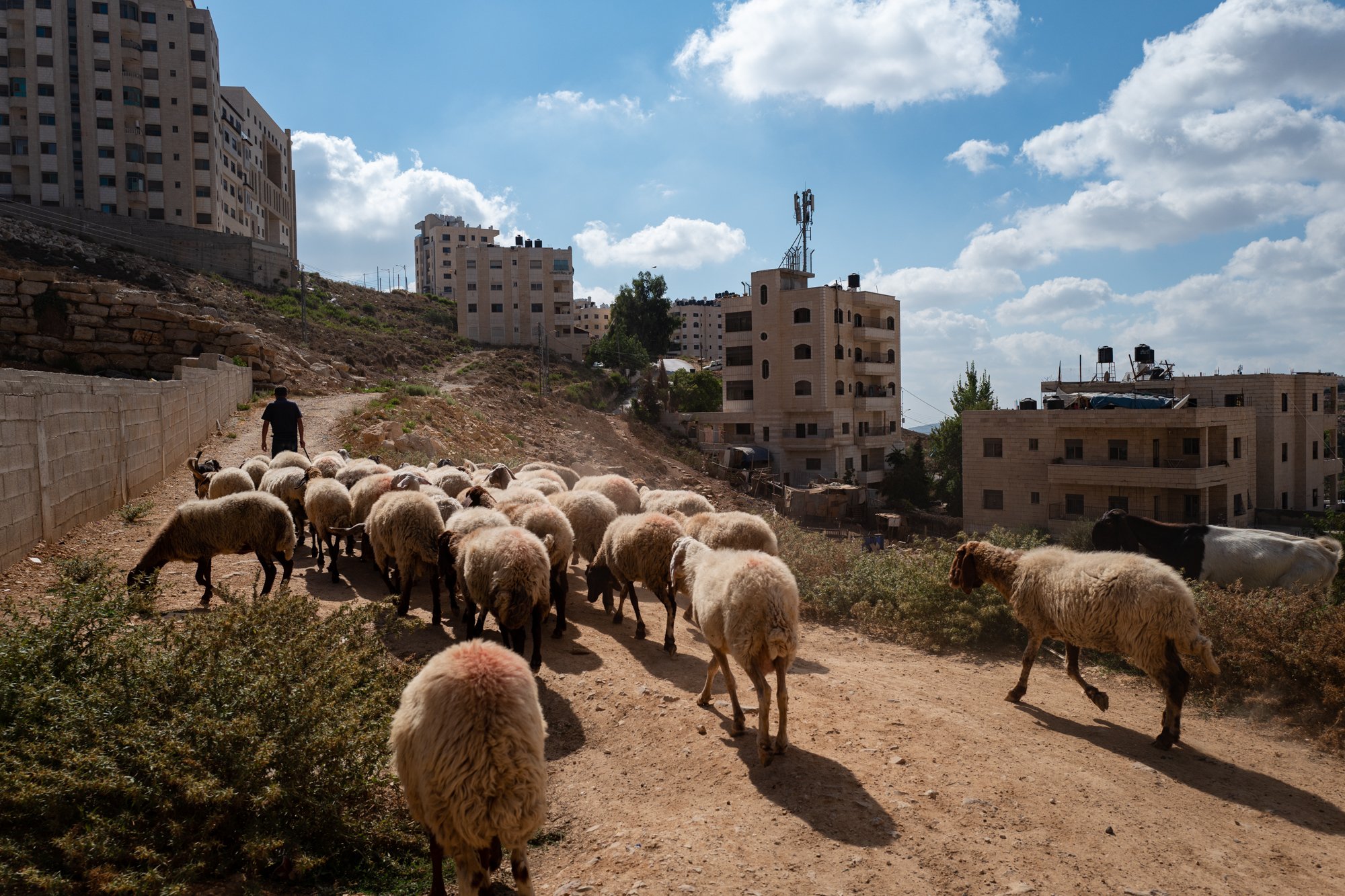
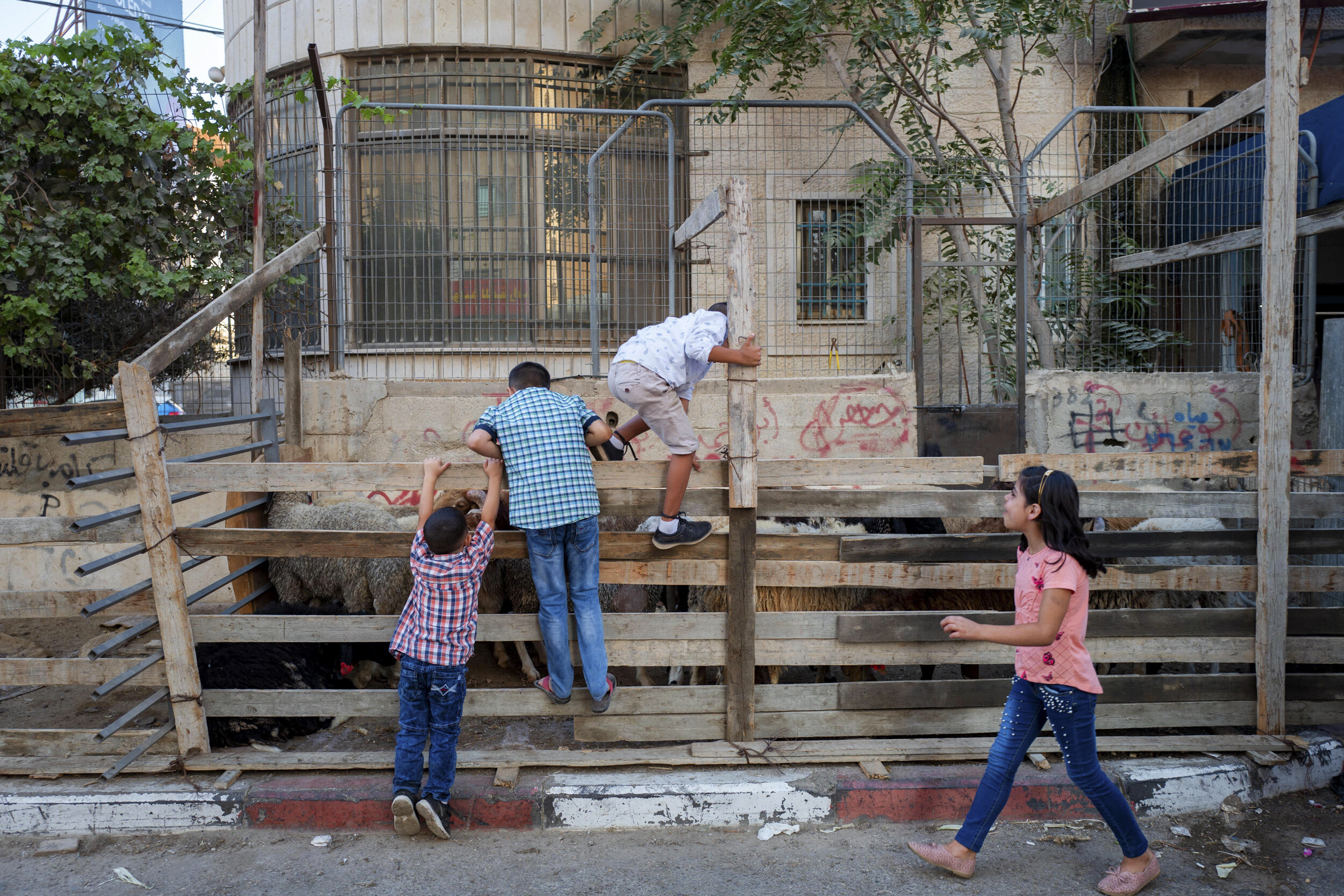
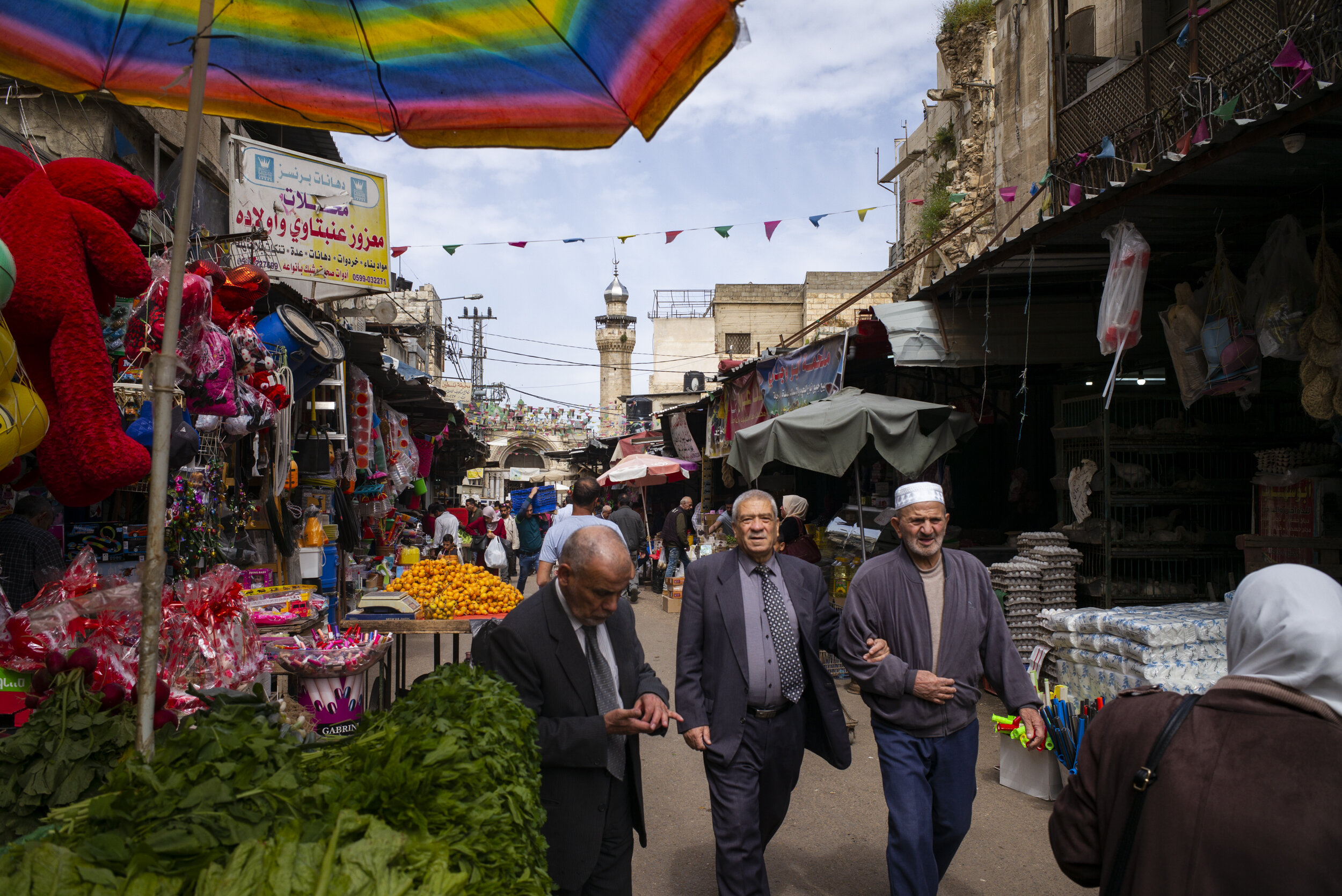
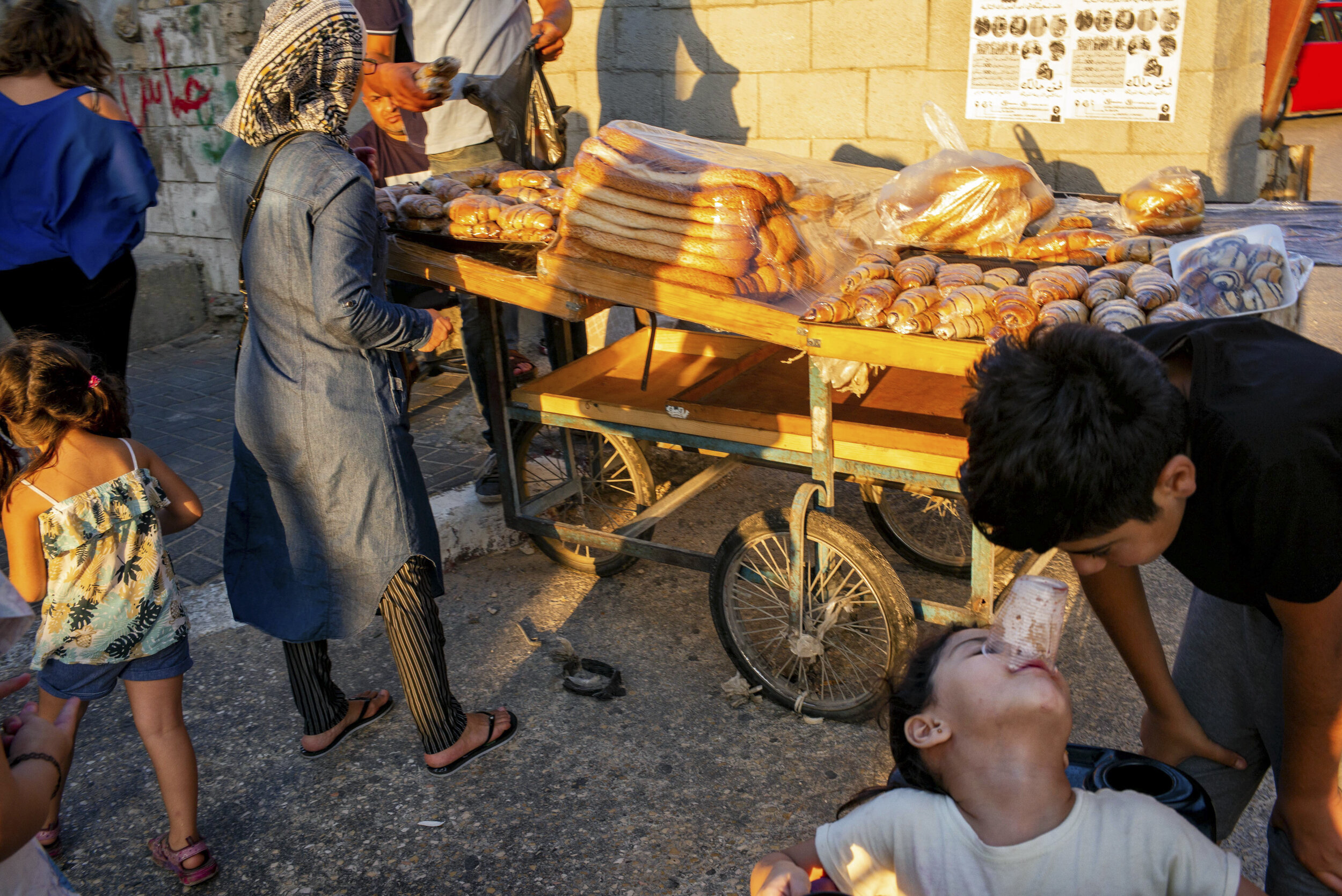
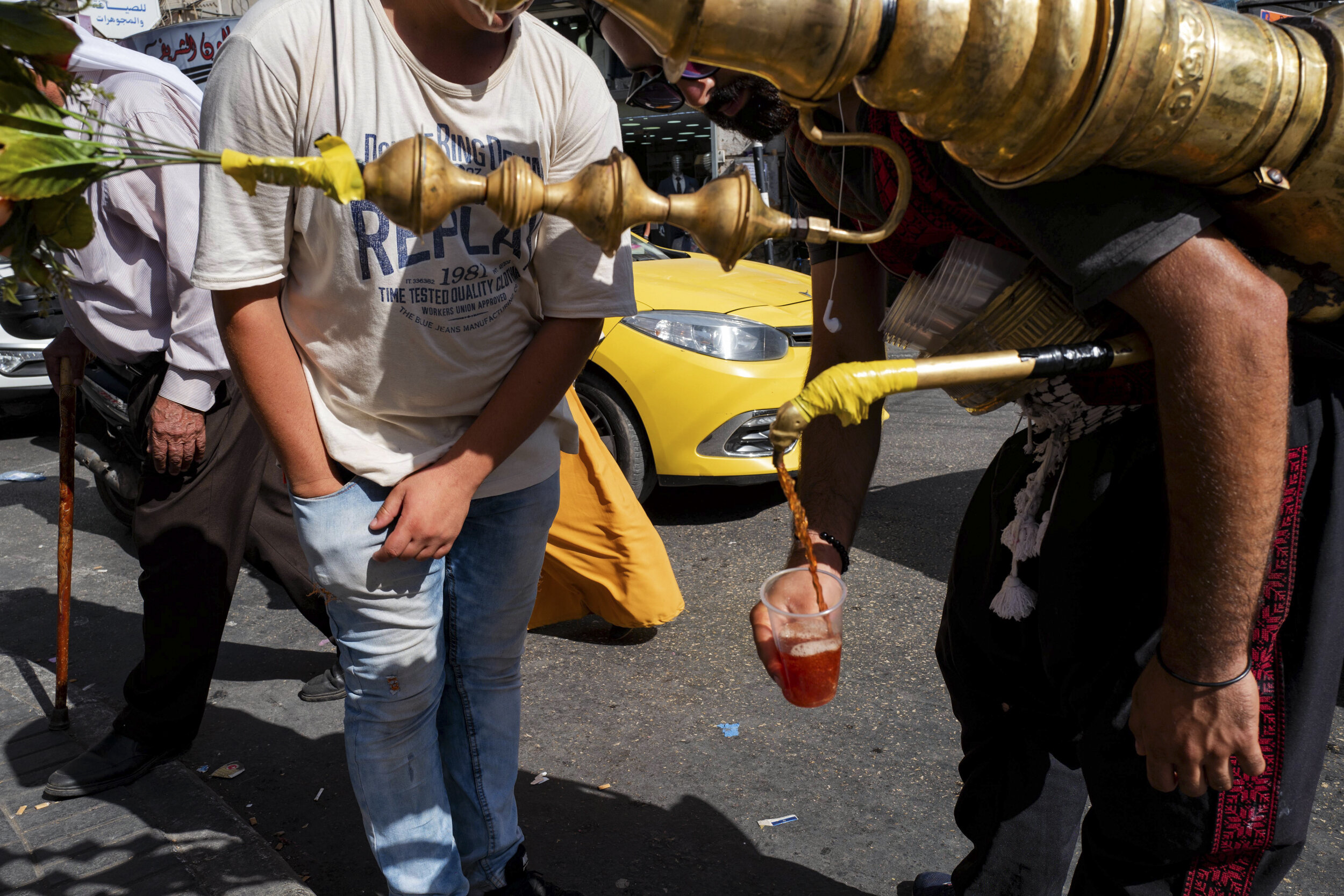
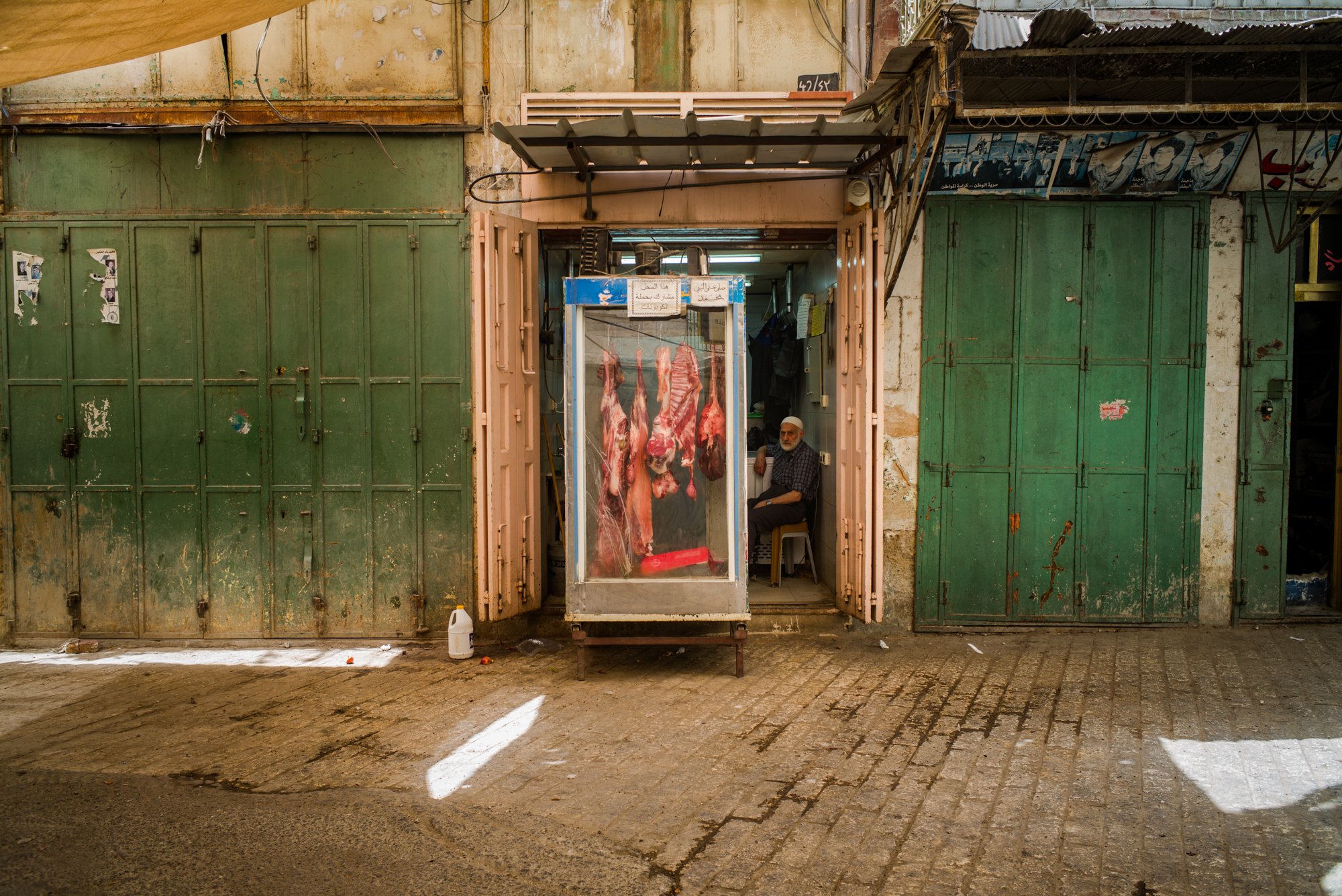
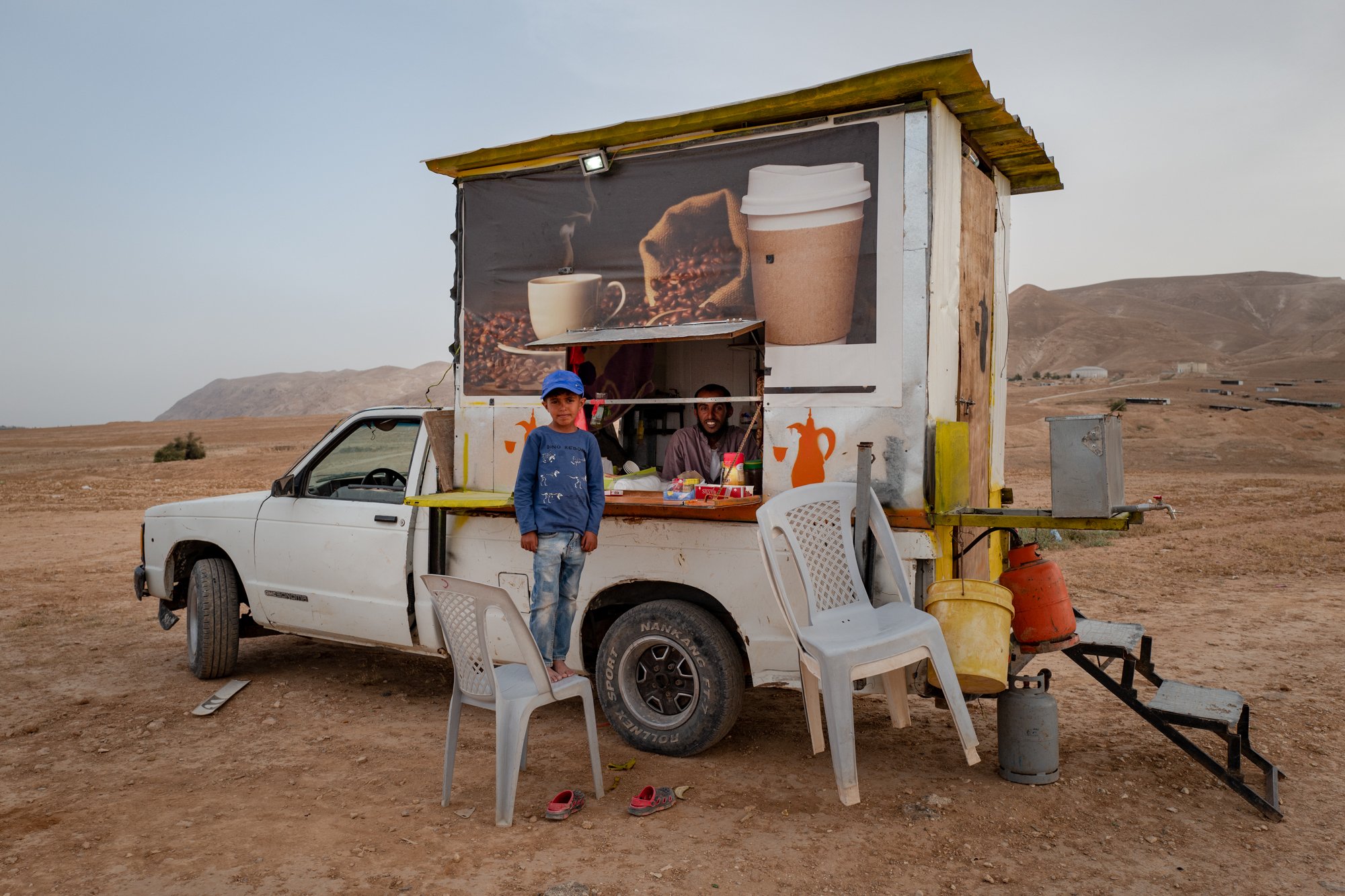
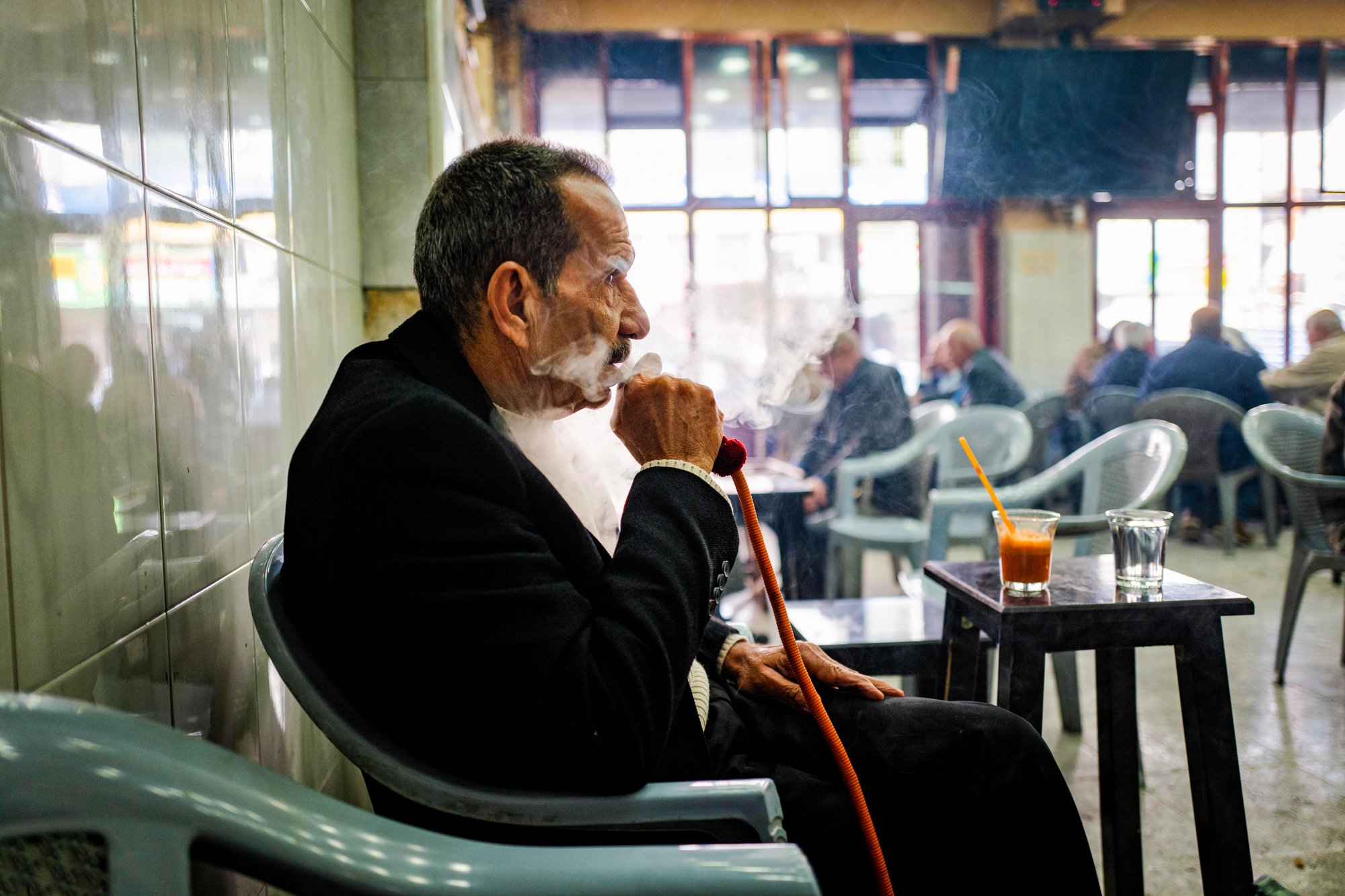
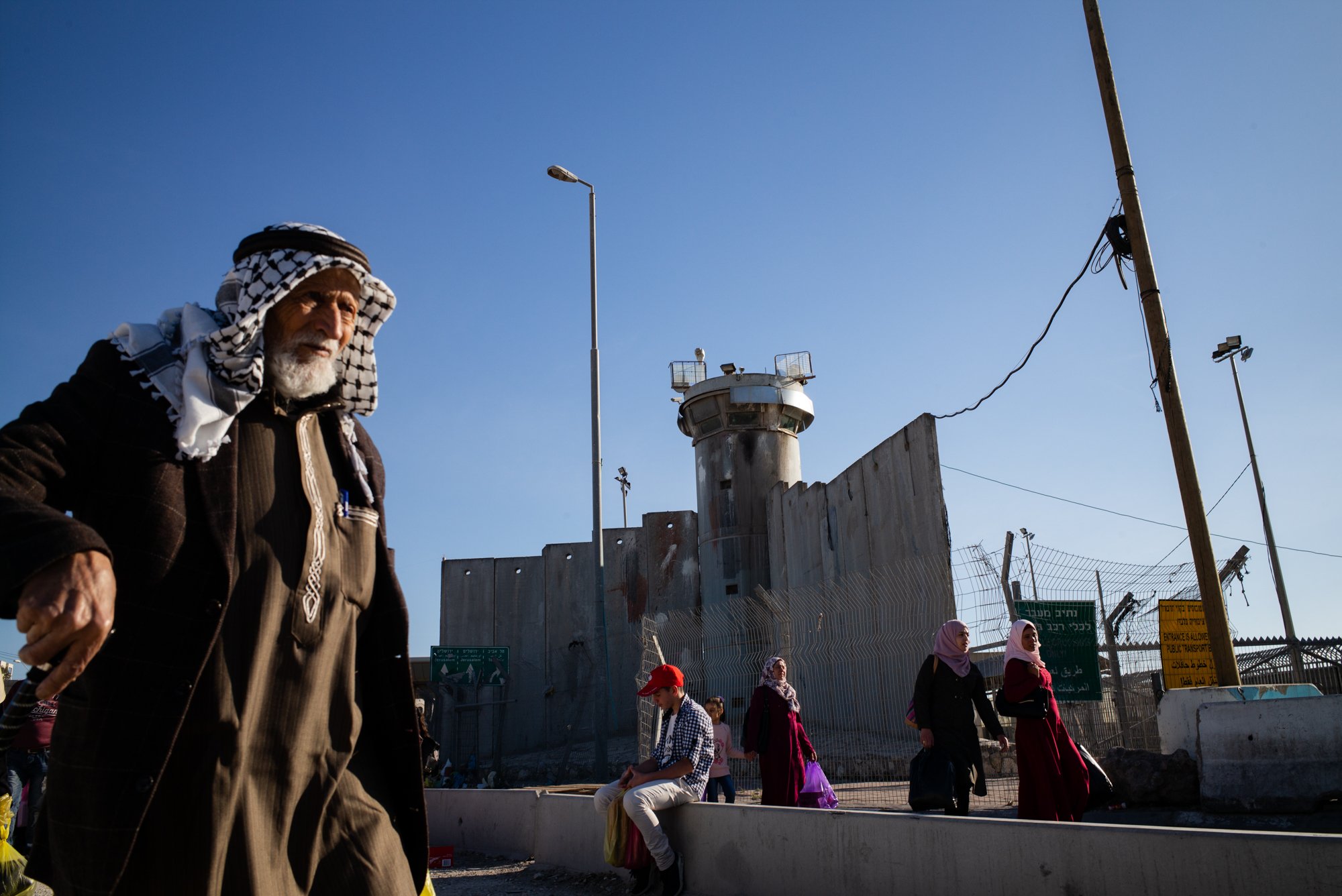
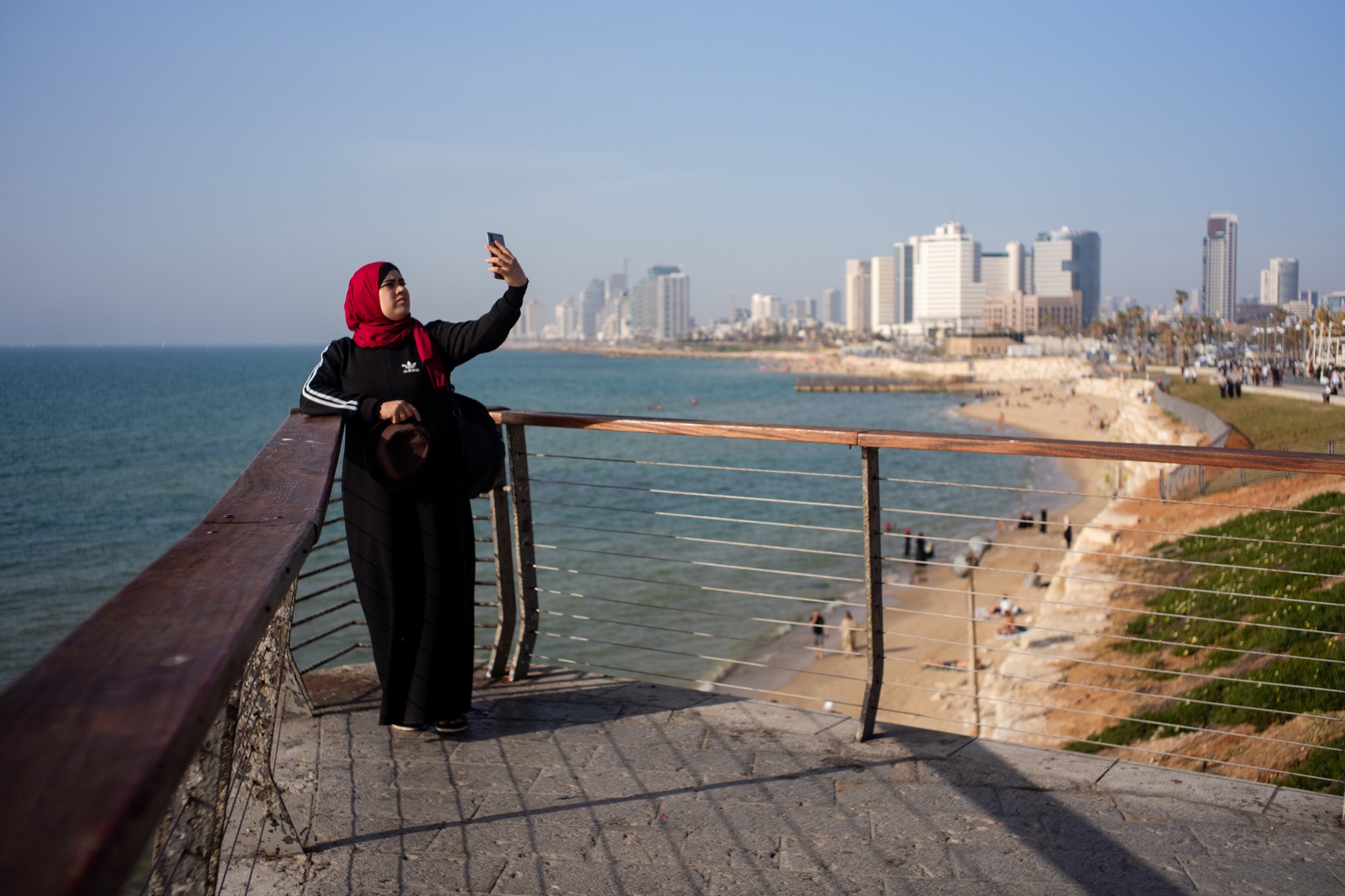
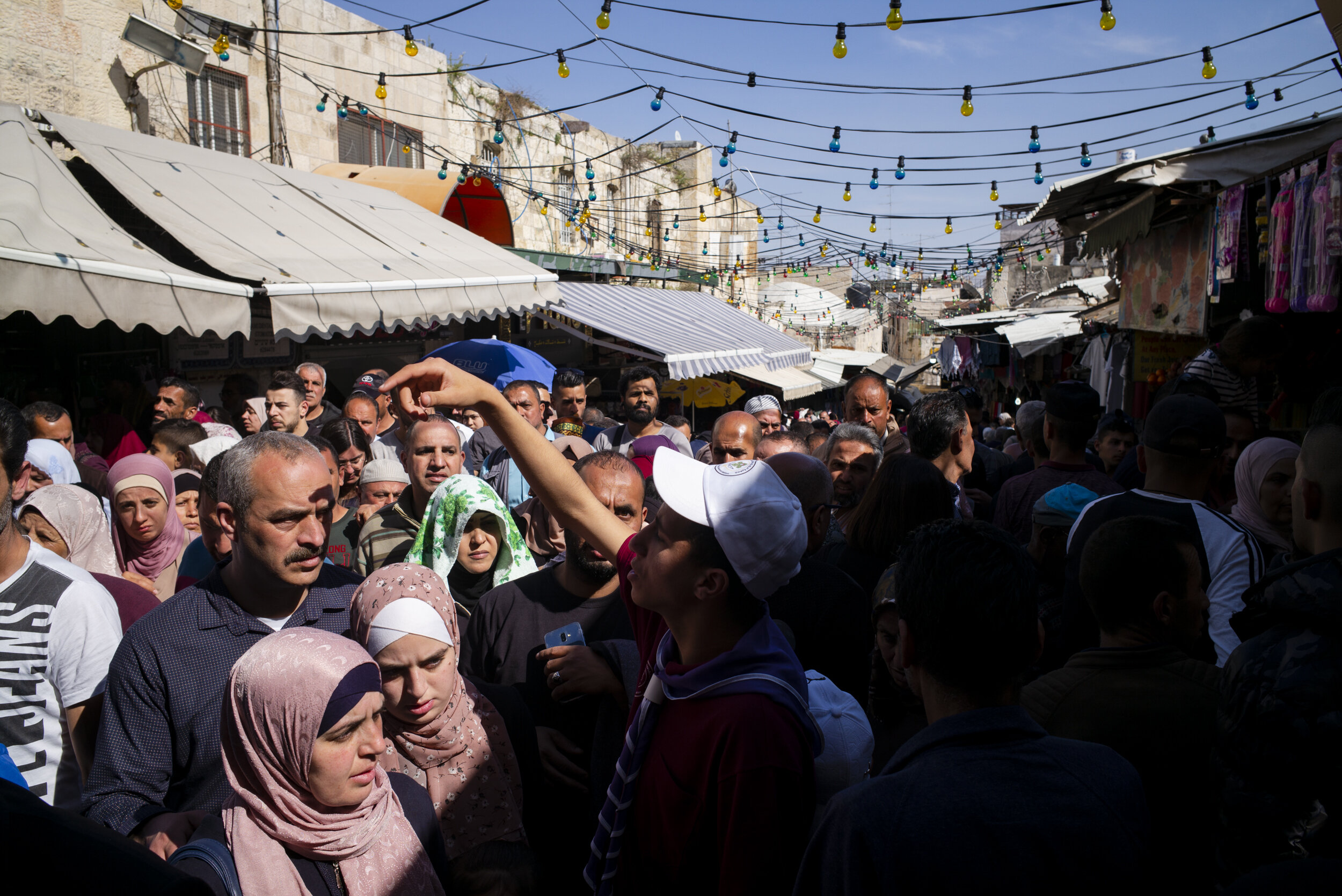
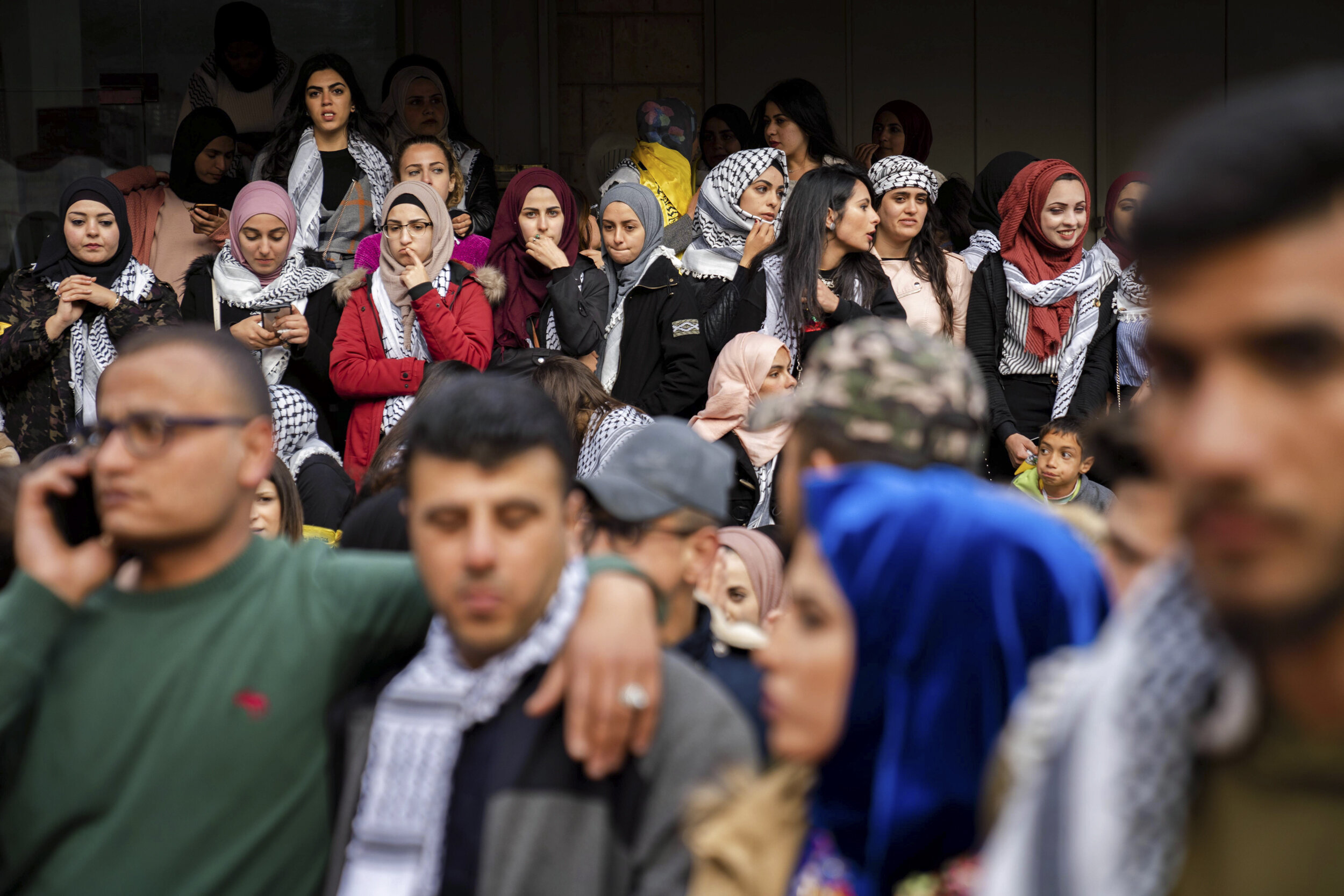
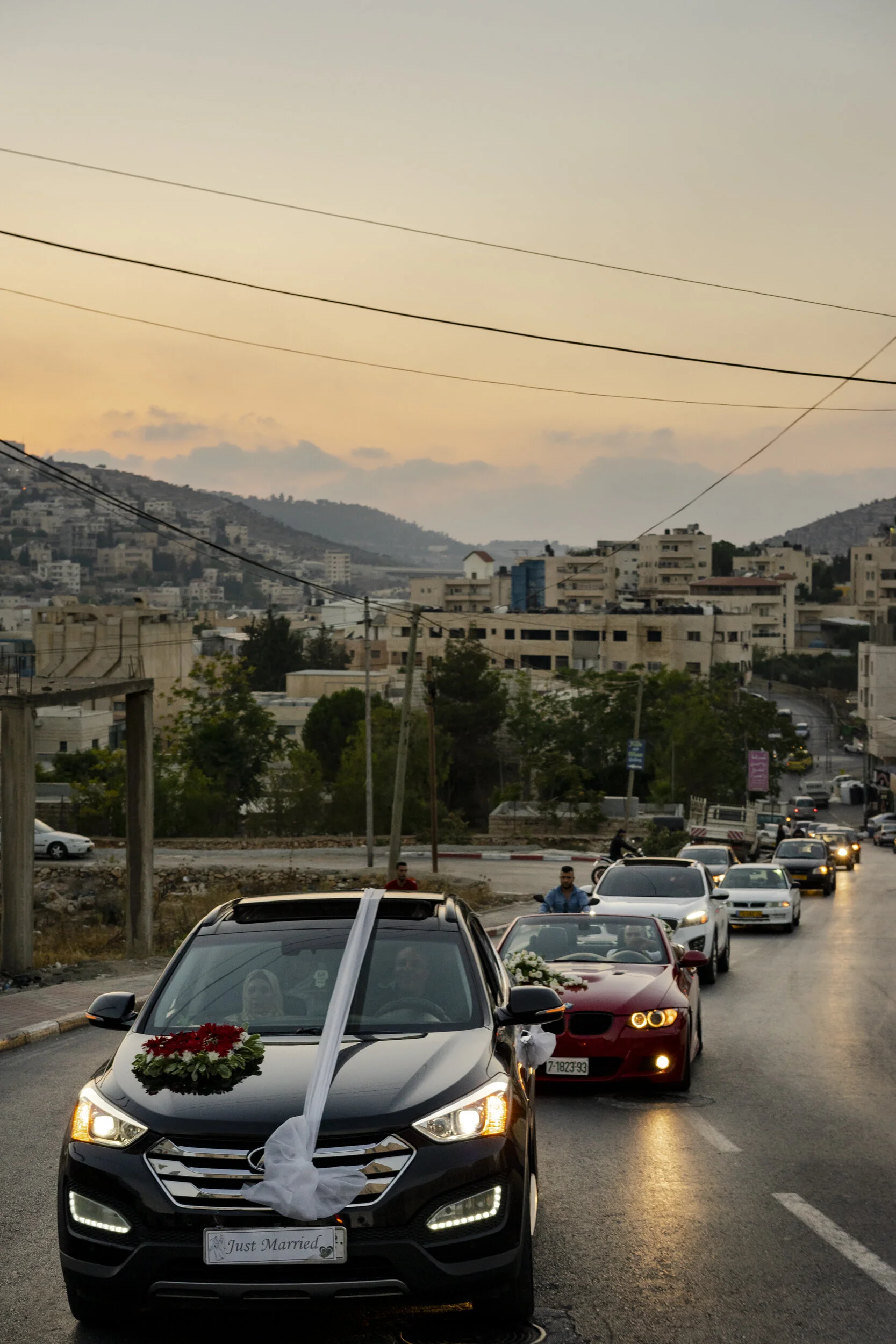
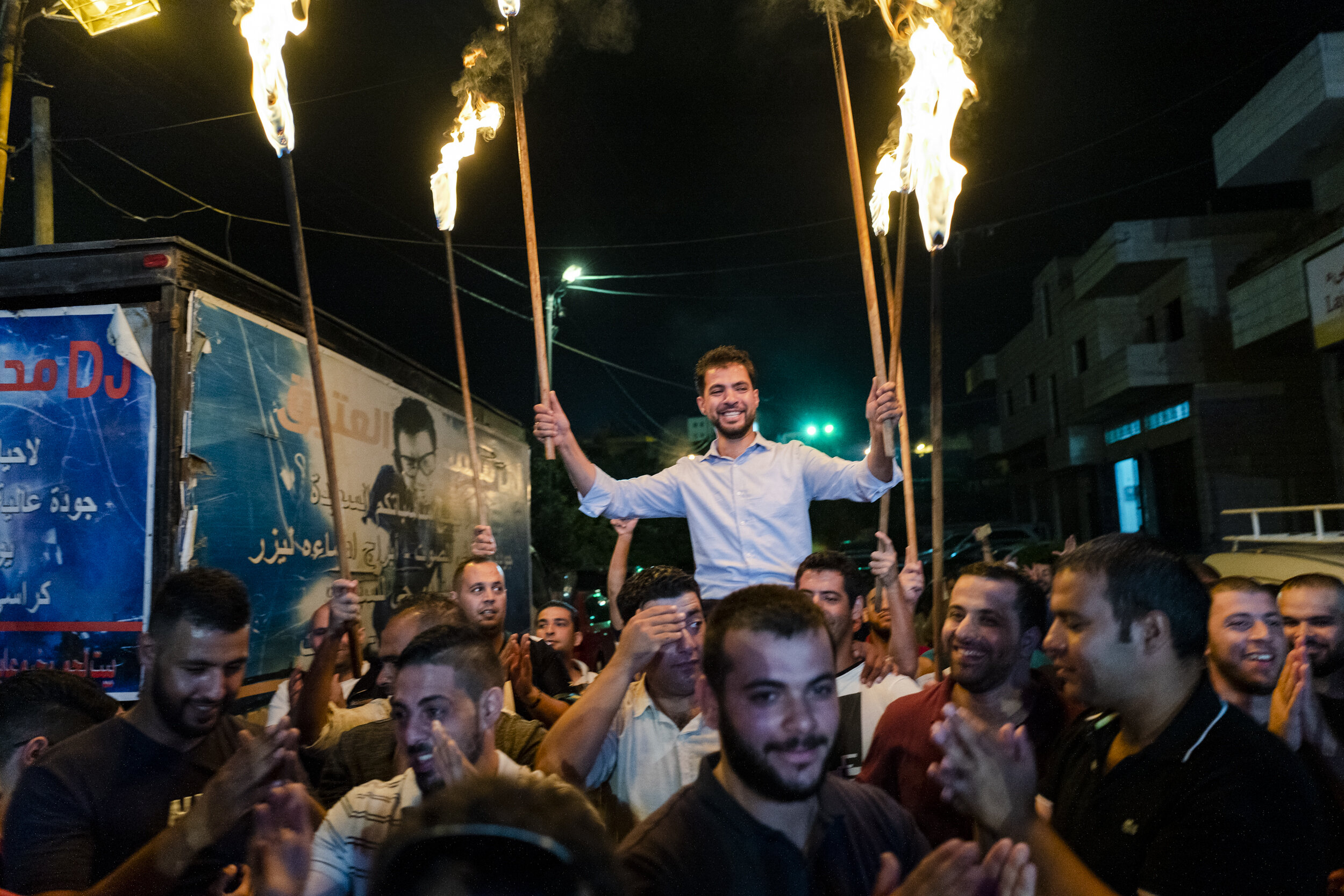
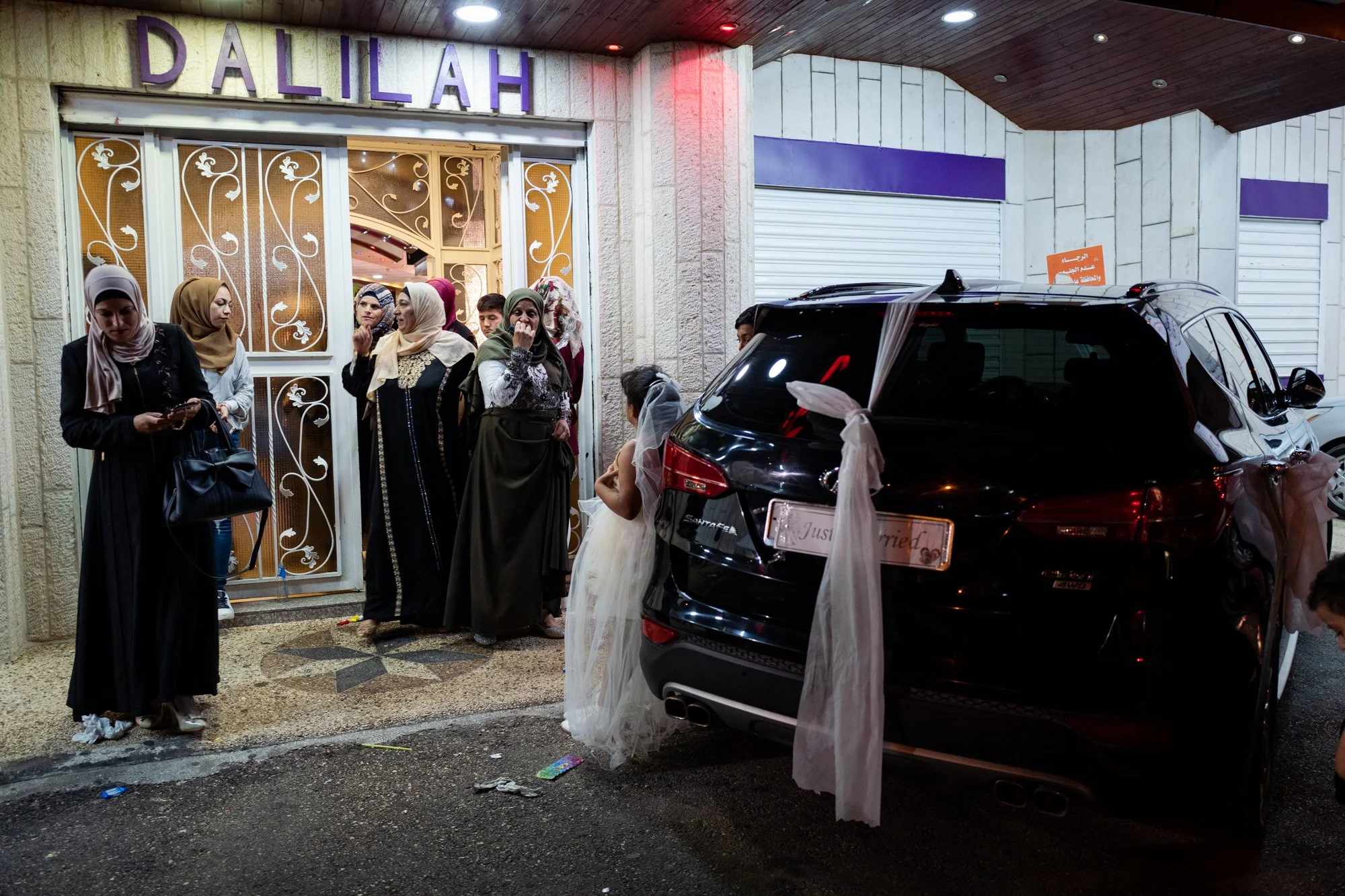

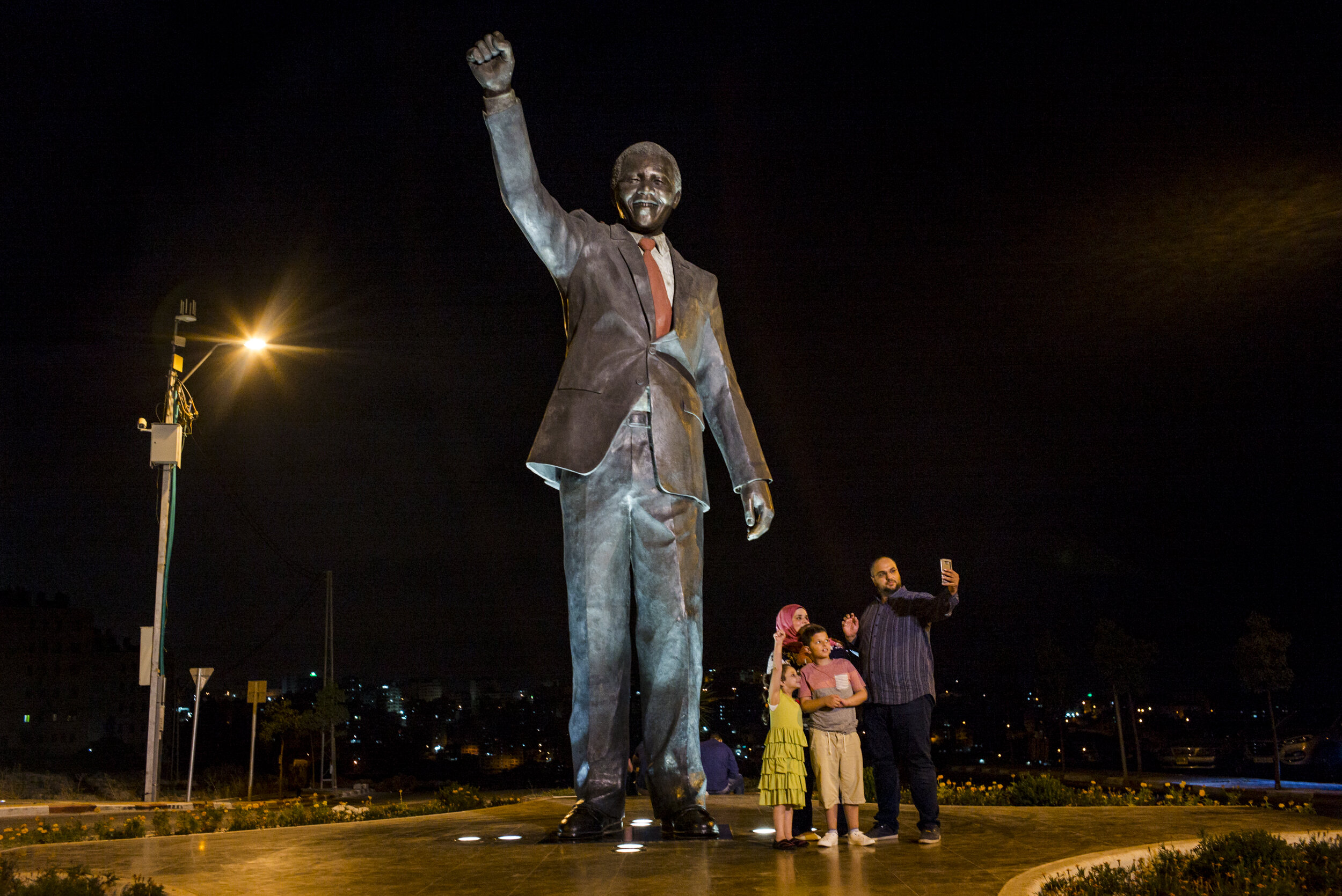
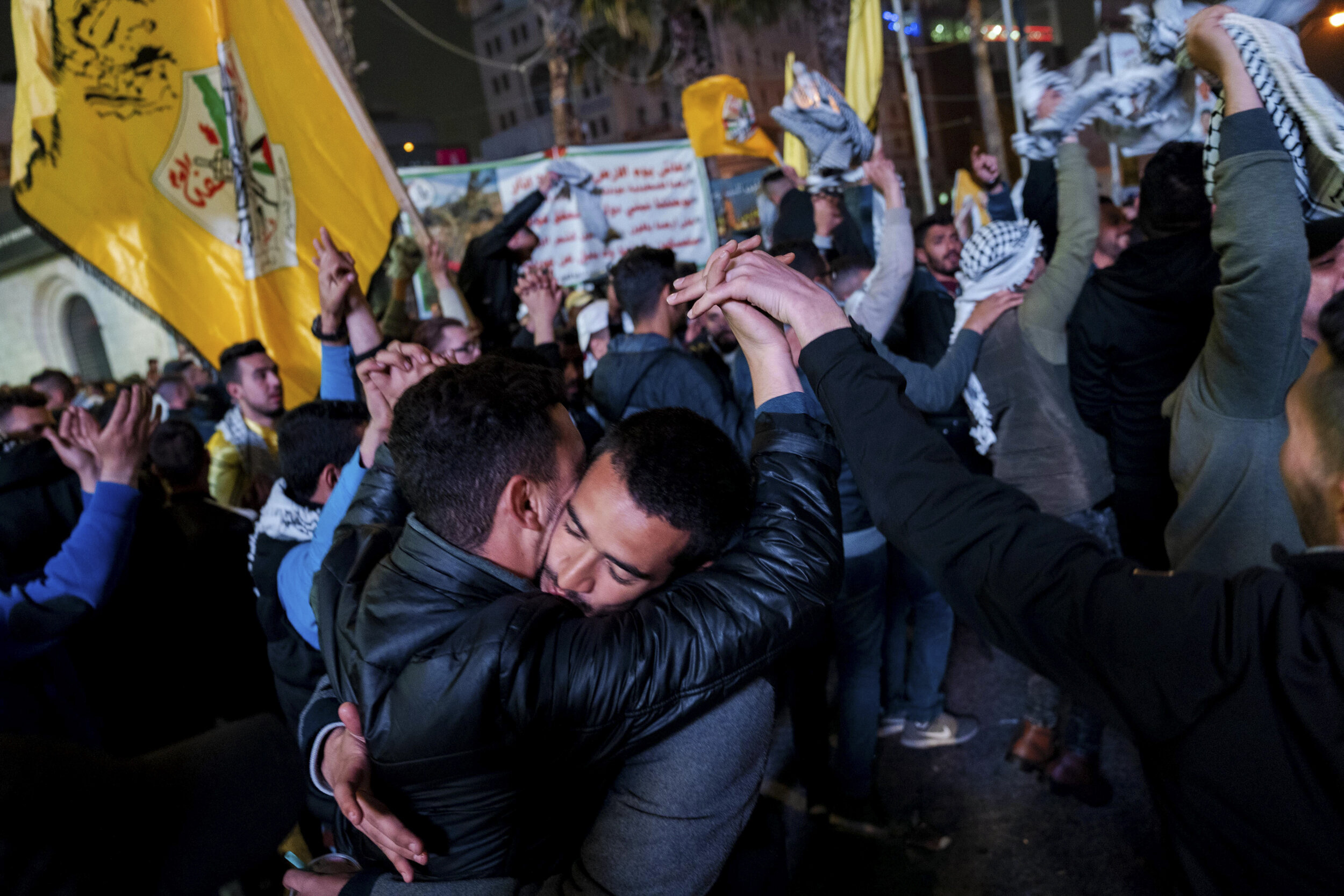
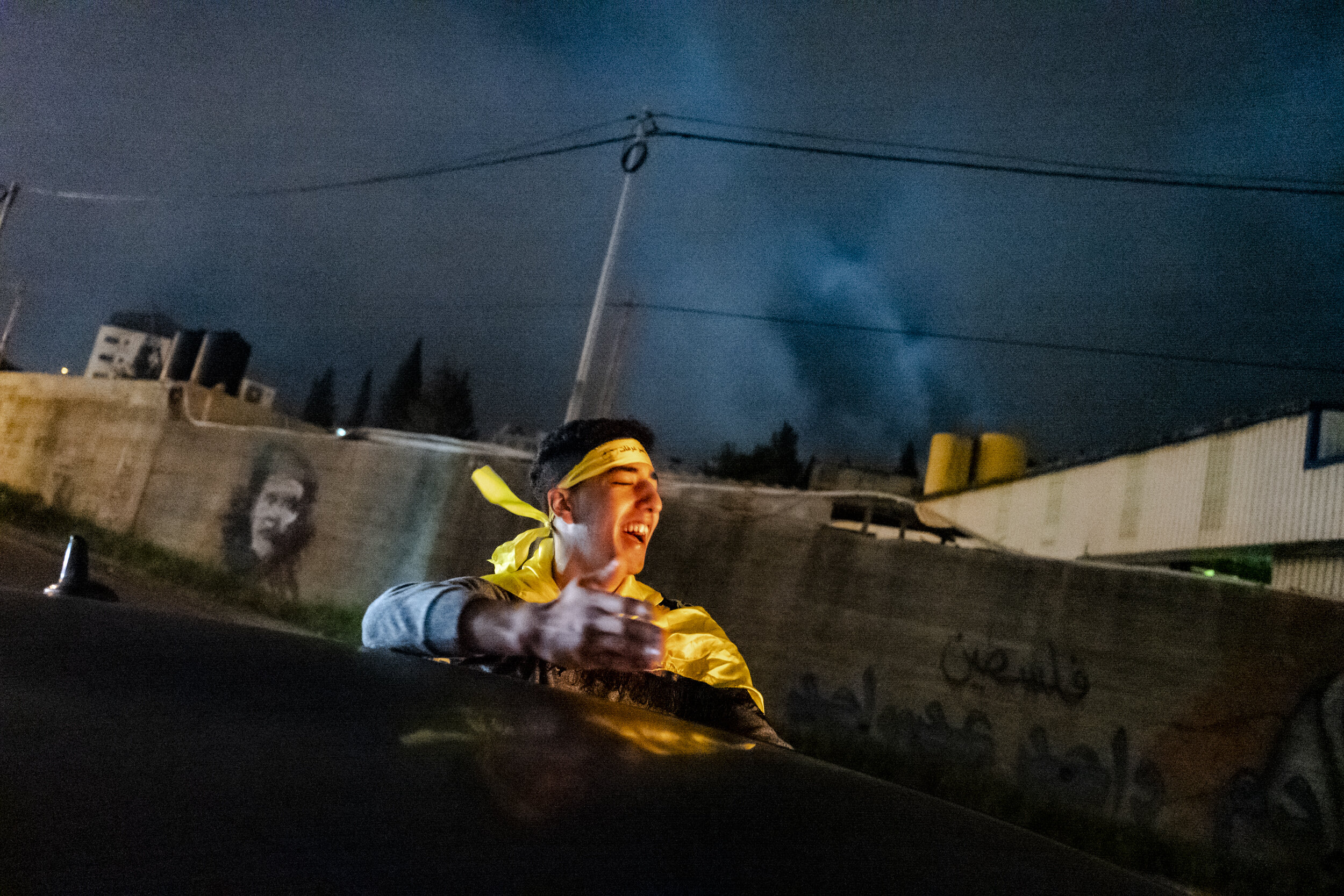
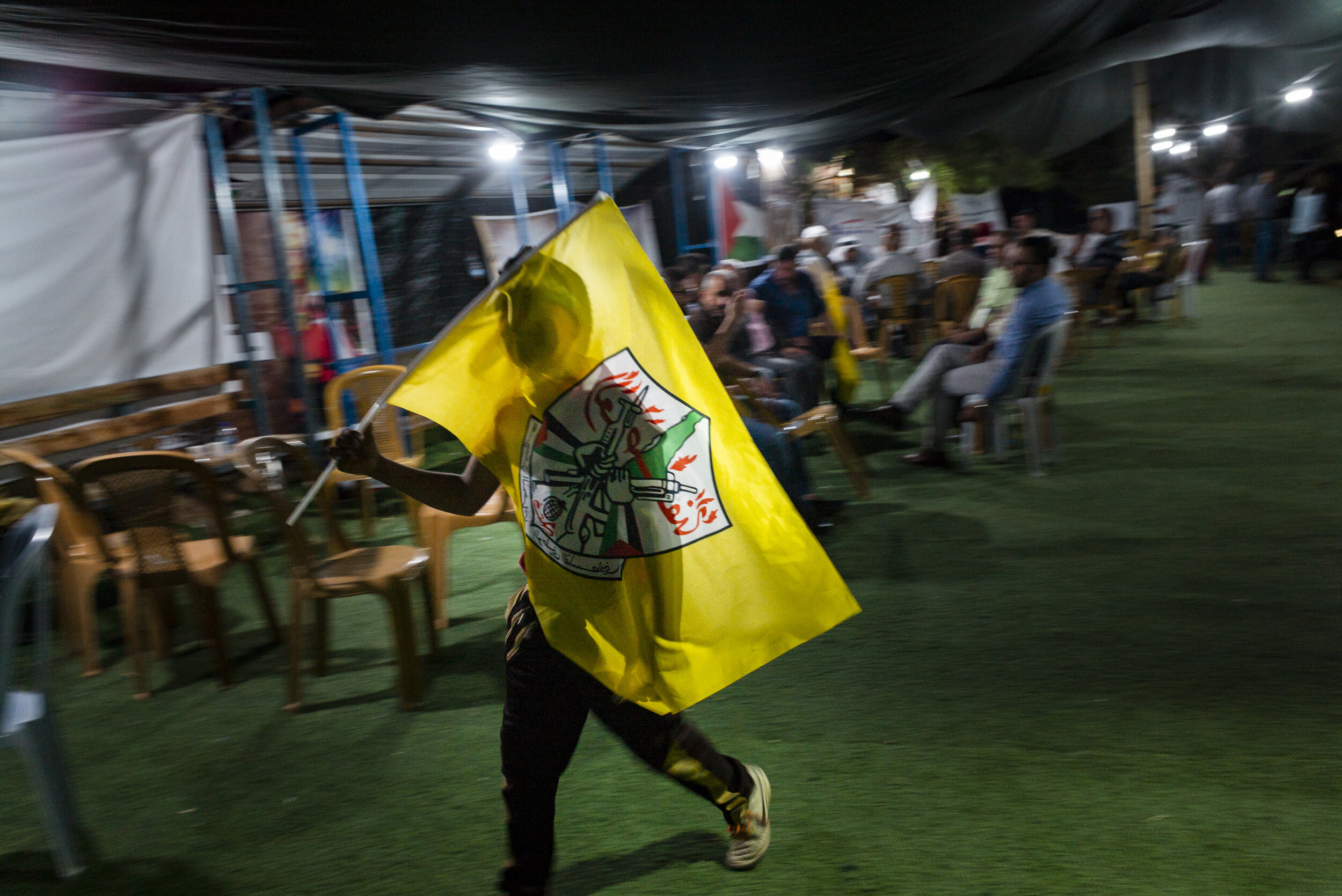
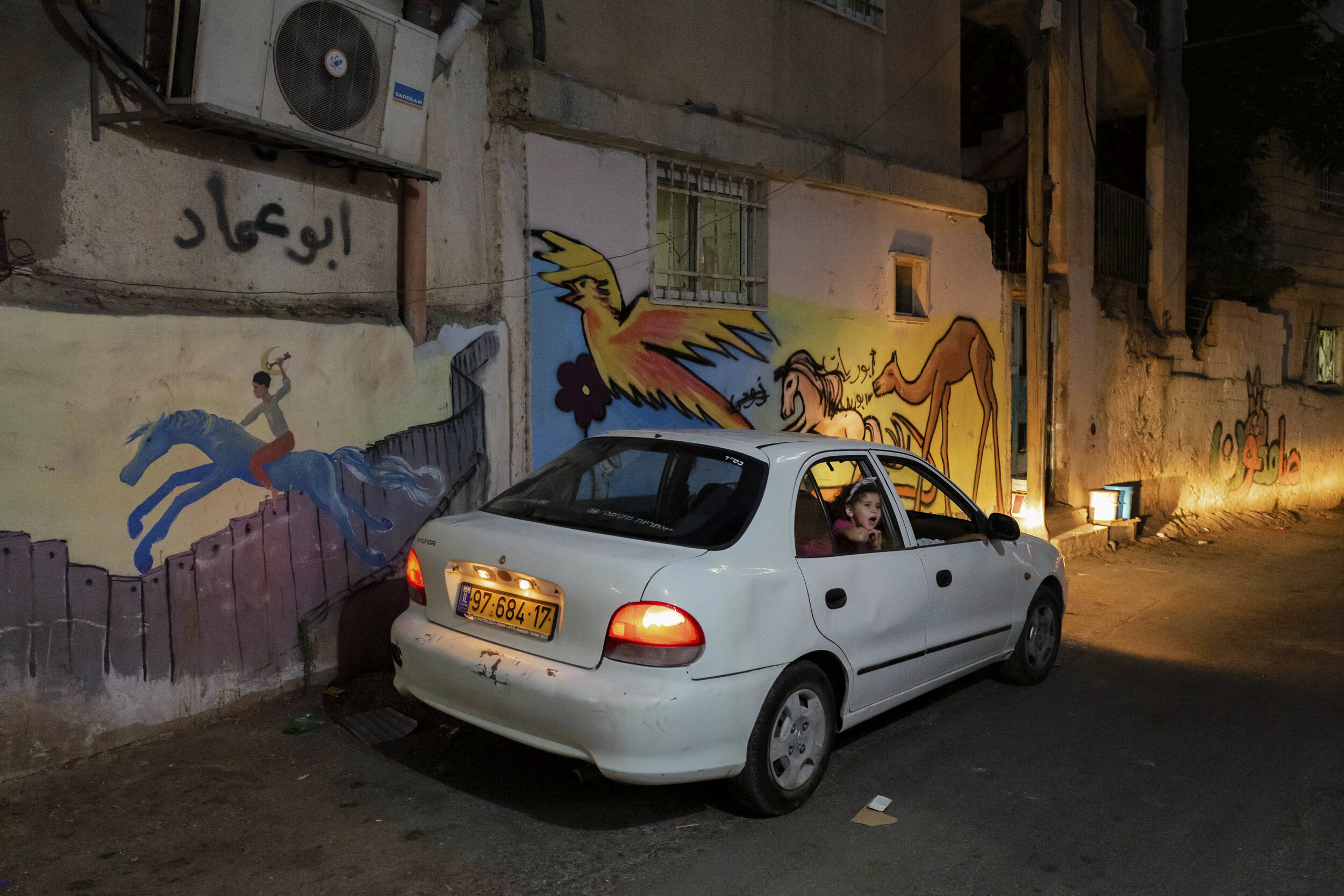
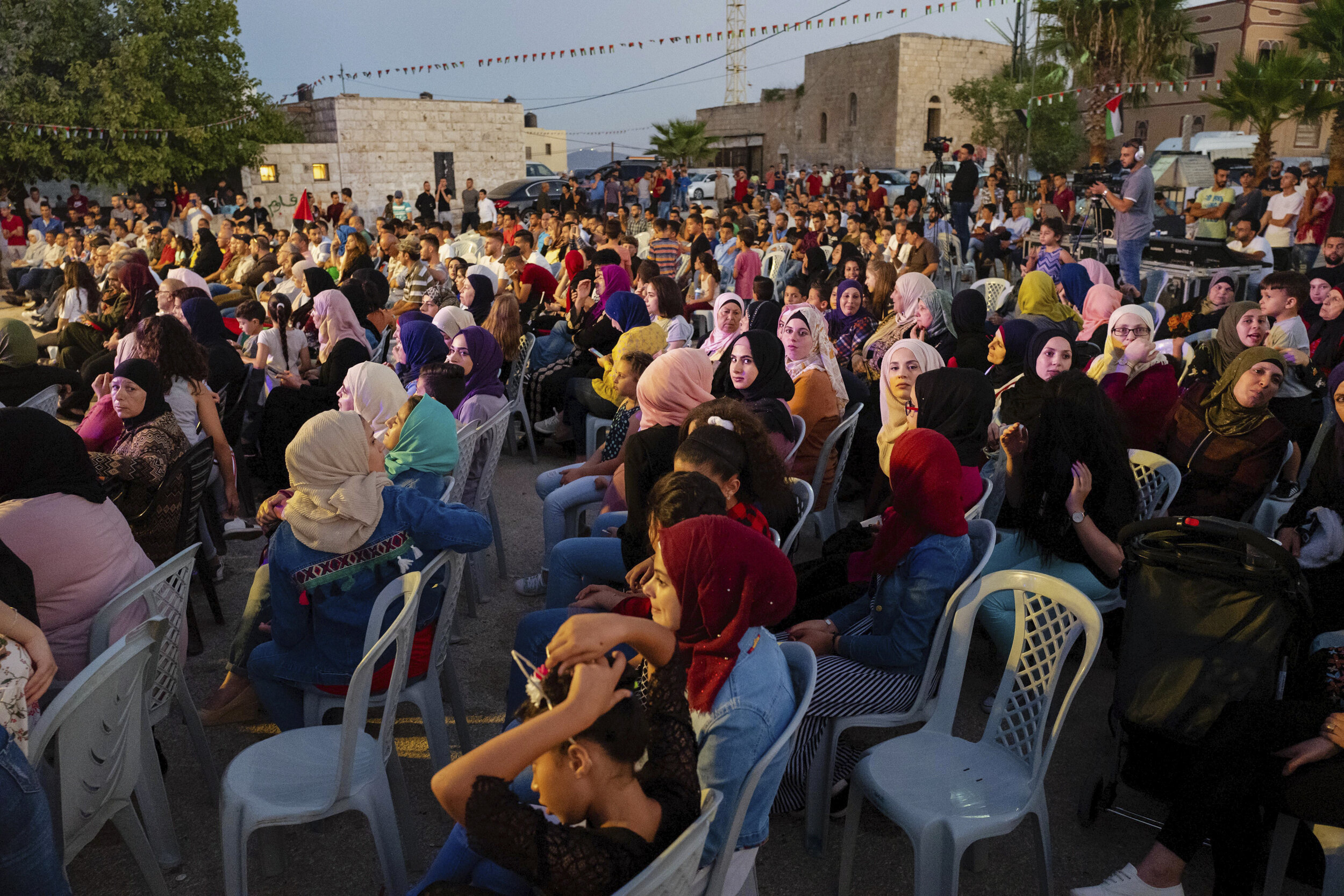
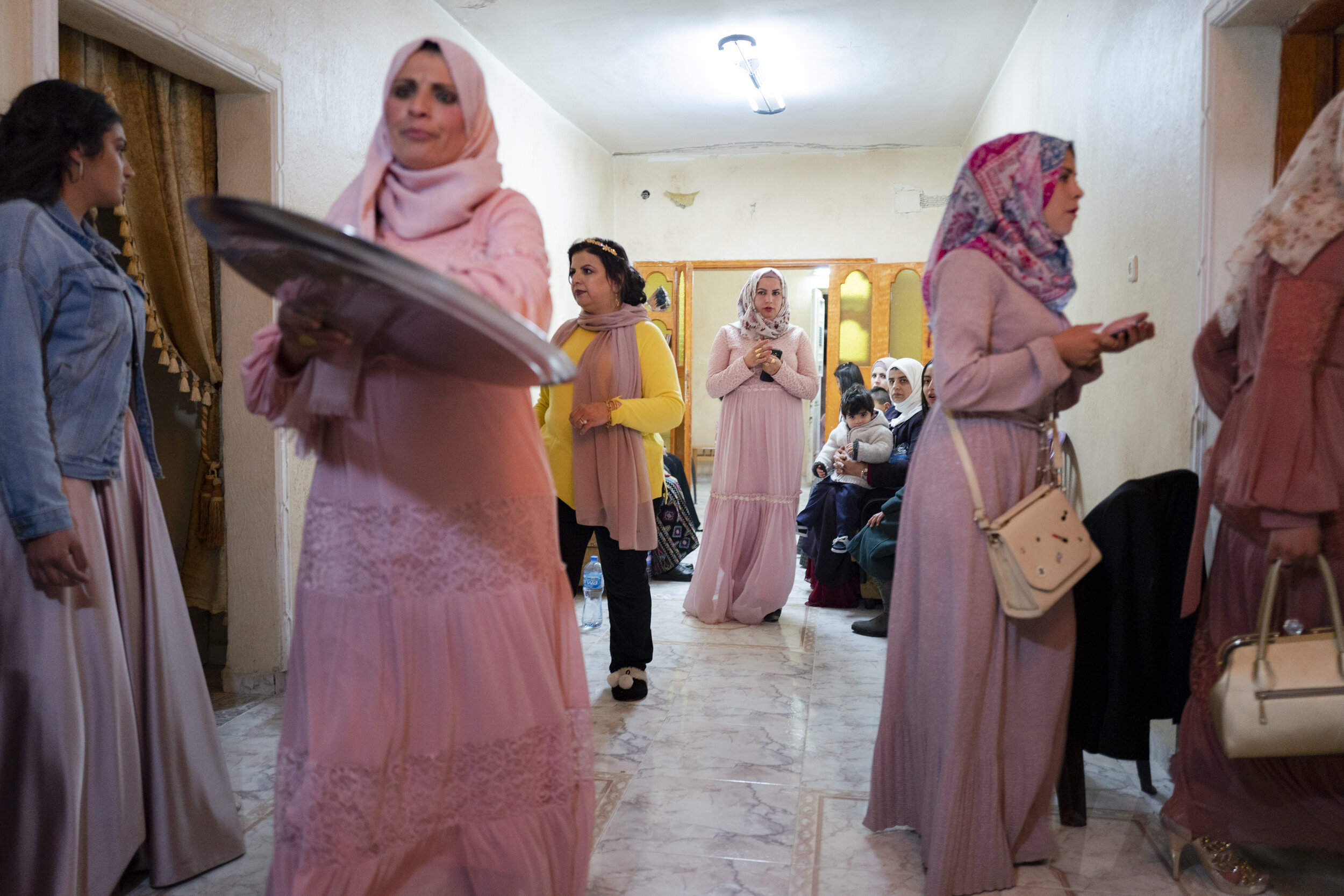
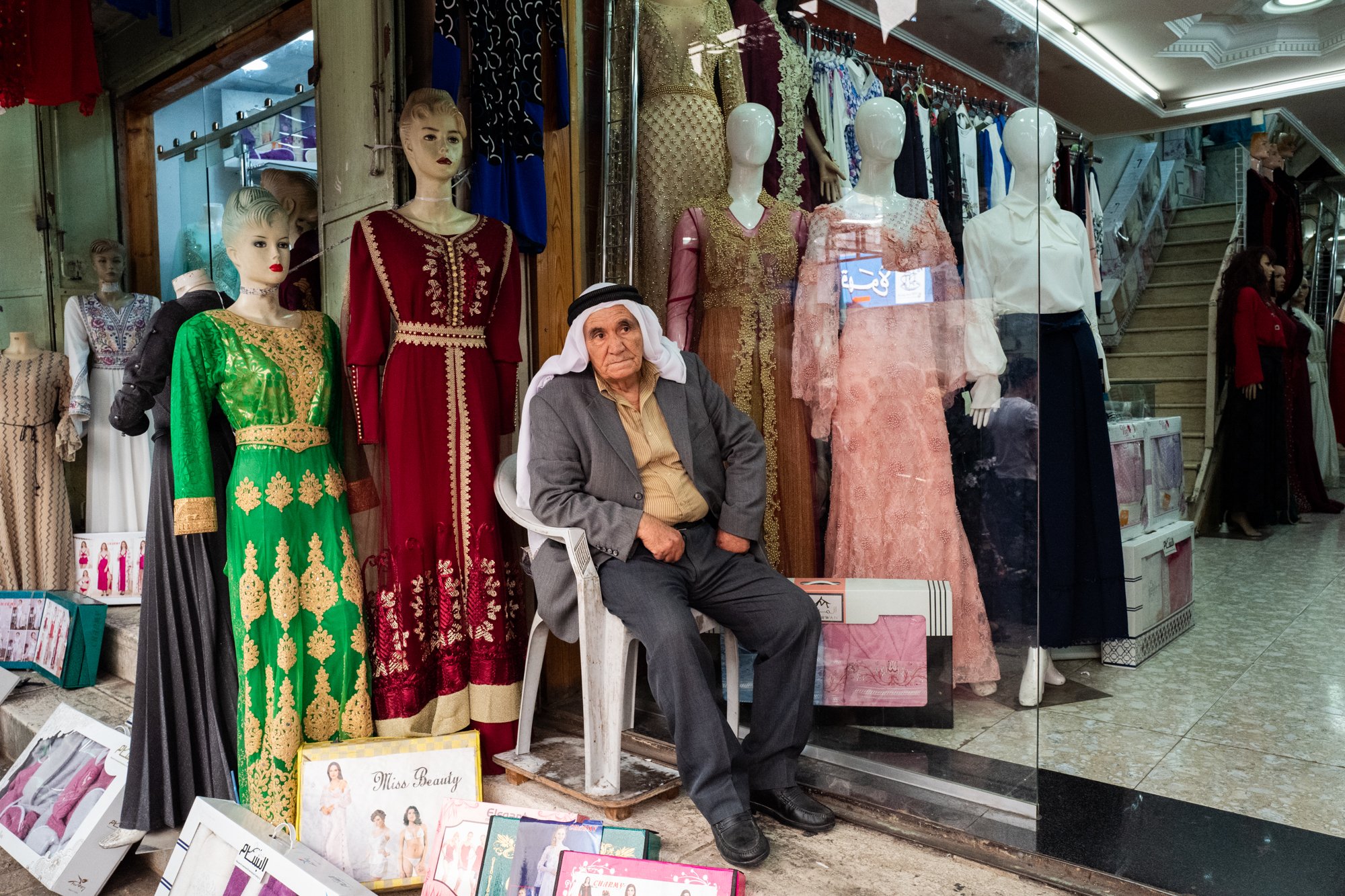
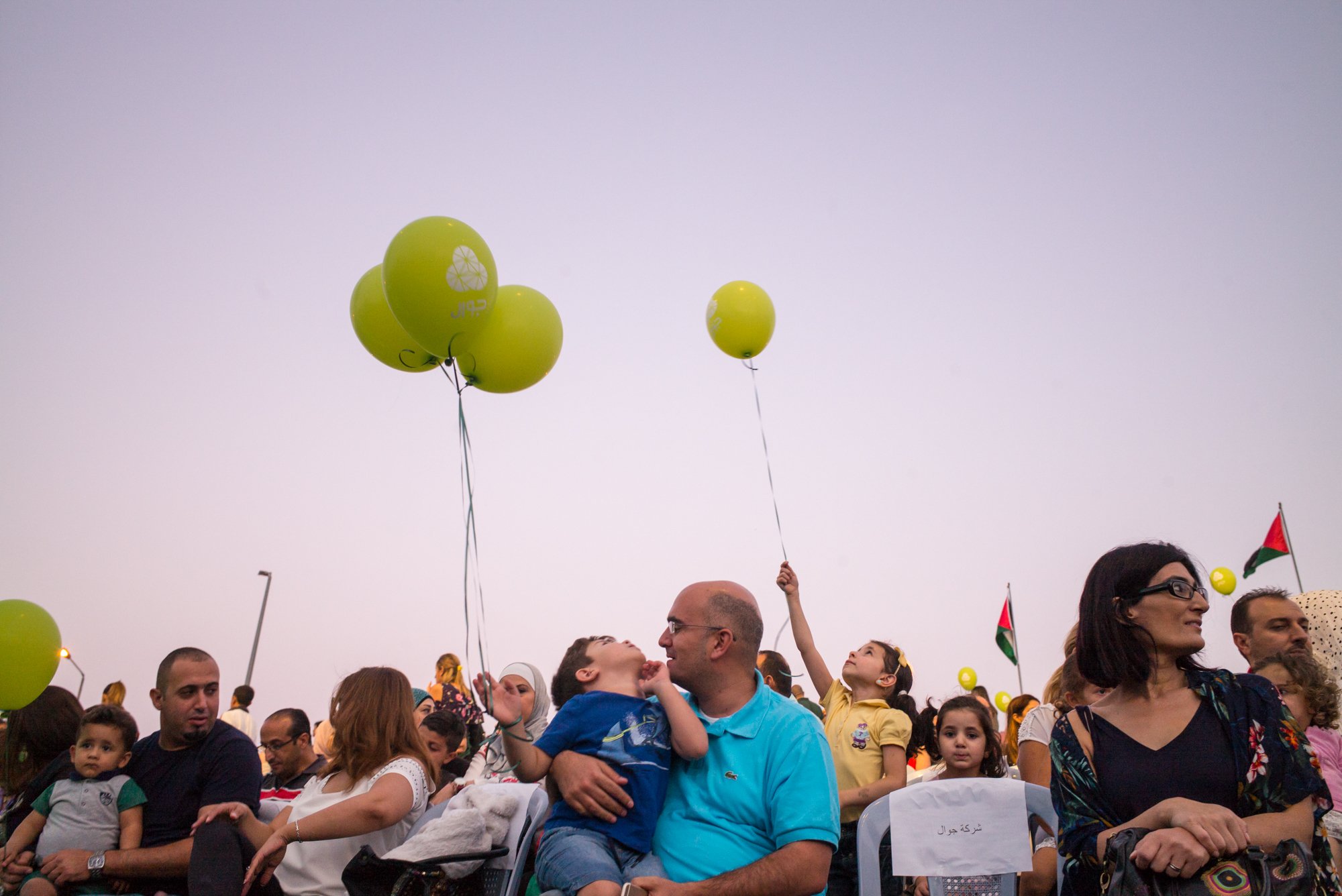
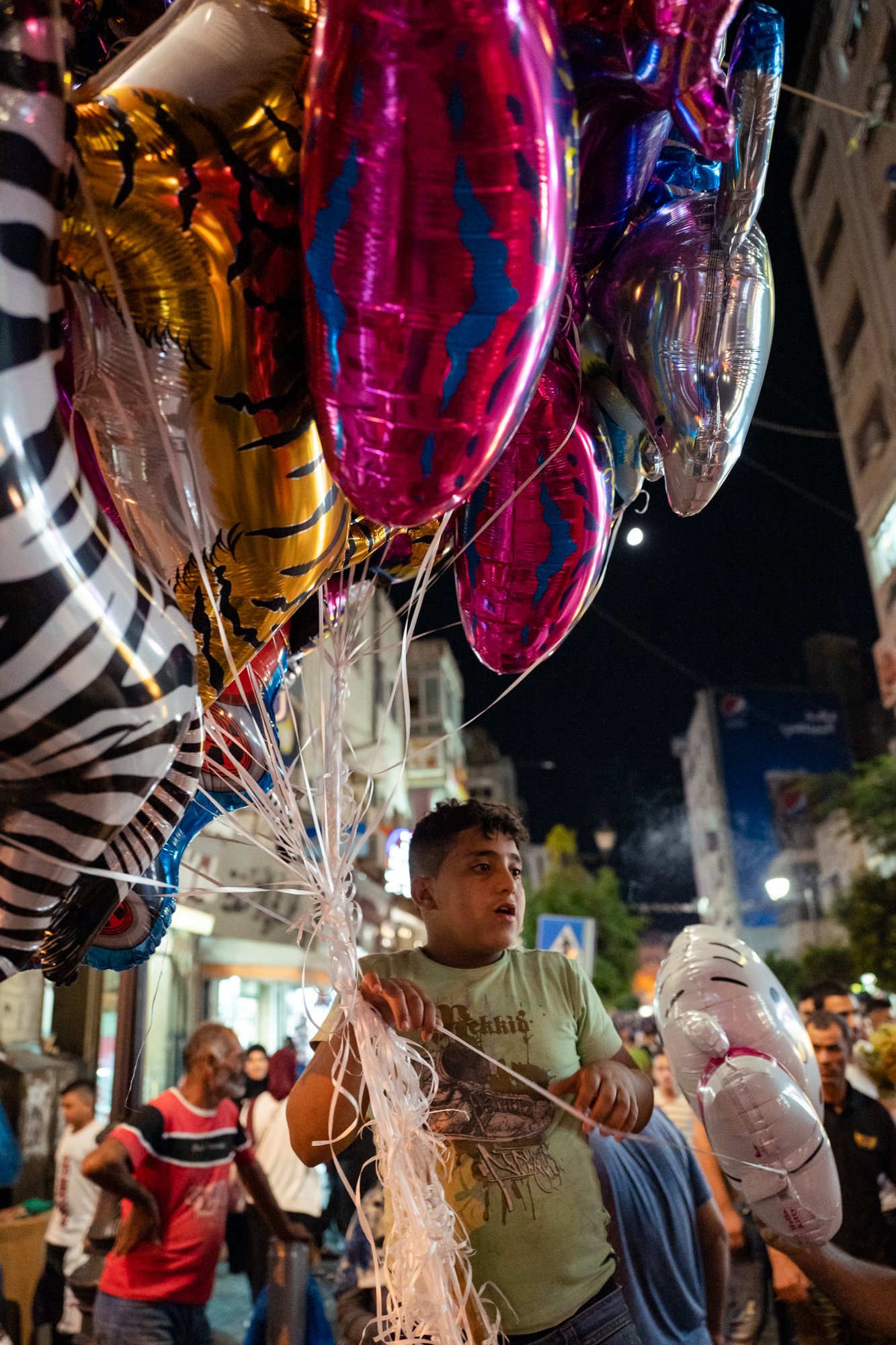
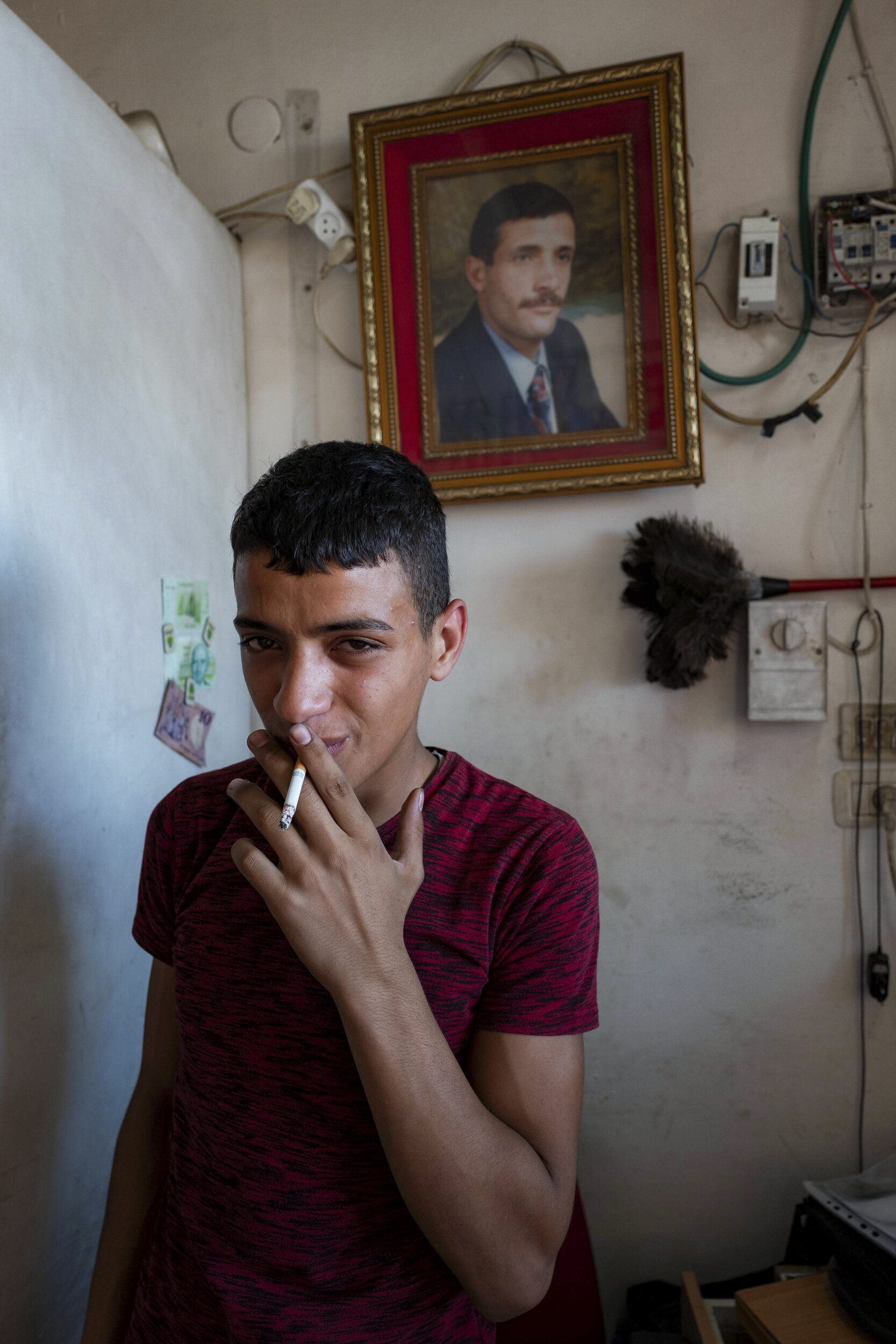
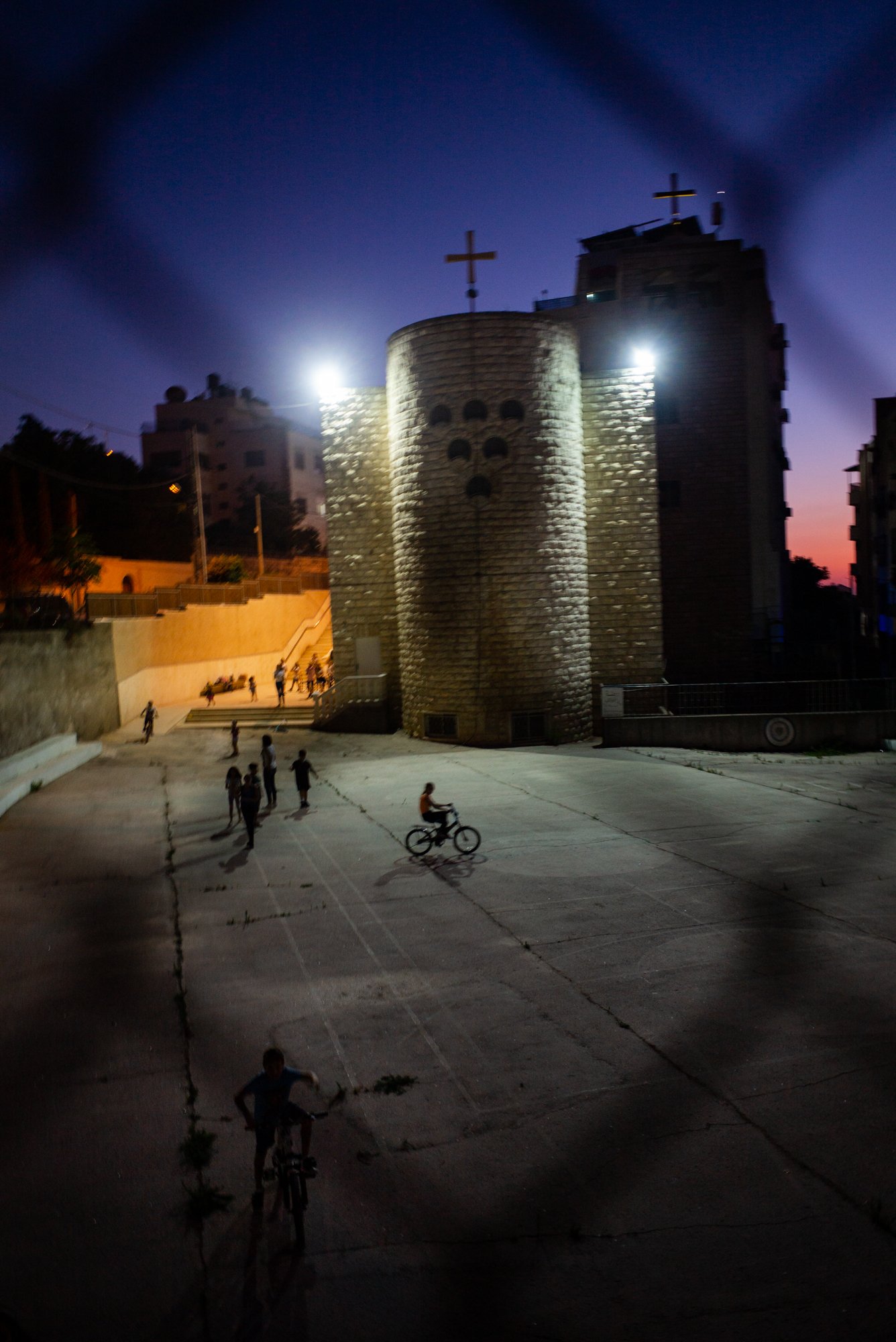
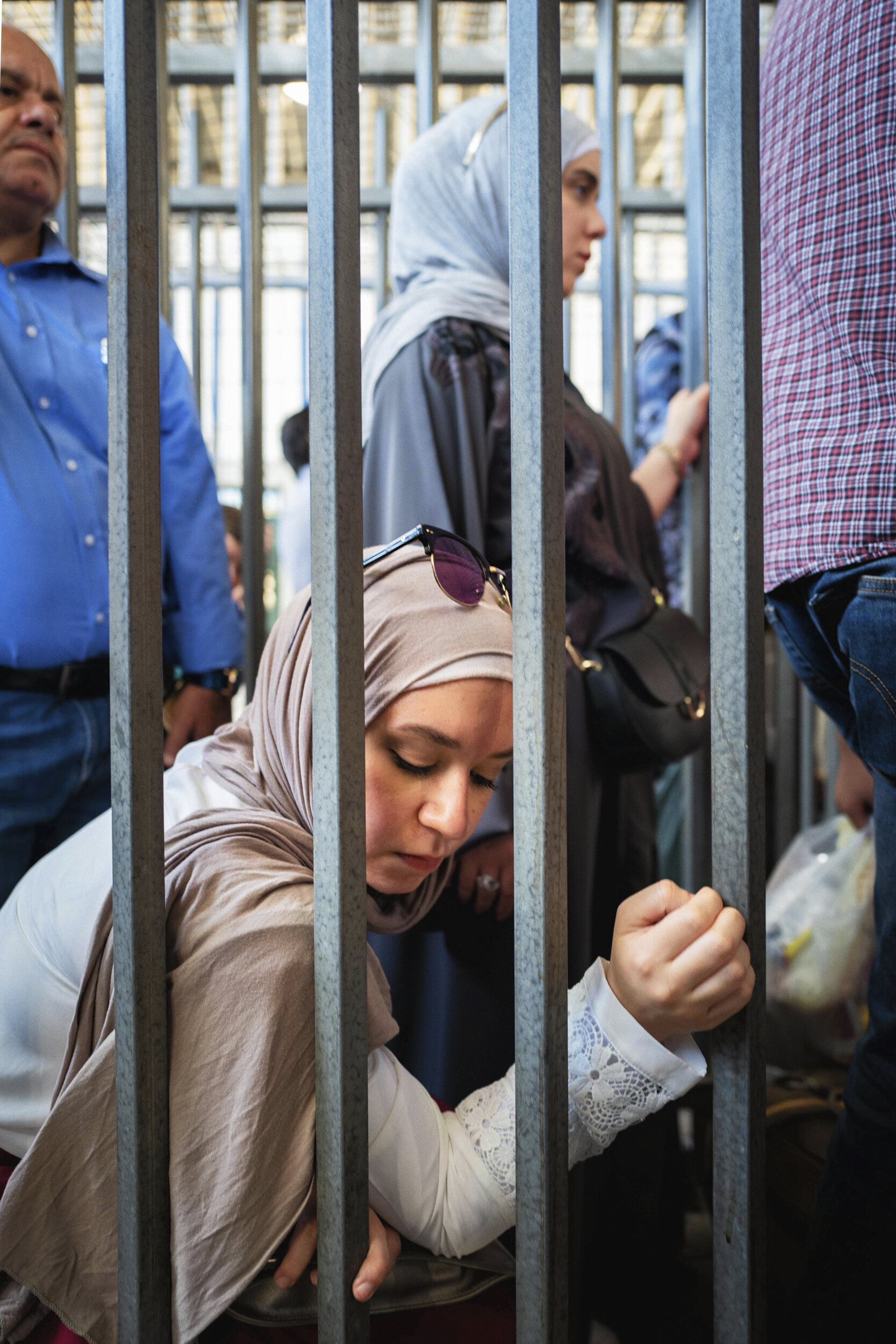

AN HOUR OF SUNLIGHT IN PRISON
In that hour, transparency invades the eyes and breaks down the cell bars. It suspends, for an instant, life within the siege. In this interruption of a darkness that occupies the tied body, it becomes possible to dream. It is that moment that makes the human happen. After all, “This land gives us all that makes life worth living… an hour of sunlight in prison”.
The verses of the Palestinian poet Mahmoud Darwish quoted here open the door to a list of things that make life worth living. It is not by chance that the photographer José Farinha chooses, among them, an hour of sunlight in prison as the title of this work. His images say that the occupation in Palestine does not interrupt the daily life of the Palestinian people. On the contrary, the occupation is life, constantly interrupted by l brief moments that resist that absurd “normal”. They capture a dream from a short sleep. As soon as you open your eyes, you wake up to reality: the occupation is still here. Still, these images also say, without shaking, that the dreams are not only dreams: interrupting the occupation to make life happen is resistance and power.
This photographic project shot in occupied Palestine during several trips between 2017-2019, reflects precisely this resistance-through-interruption. By photographing the daily life without hiding the occupation which is always there in the background, the photographer suspends the hour of sunlight in prison, extending the Palestinian dream of a life without occupation. Unlike most well-intentioned cameras that travel to Palestine to show the world the truth about the occupation, capturing destruction, imprisonment, open wounds and death – a lot of death – José Farinha decides to celebrate life. Life also speaks about its contrast, death. When talking about the hour of sunlight in prison, the photographer is saying prison.
The path José Farinha has taken in this project isn’t easy. In Palestine you can stumble easily over the brutality of the occupation. To find beauty, you need to dig deep through the rubble. Perhaps, that is why, most of these photos are neither staged, nor static. They are quickly stolen from the hour of sunlight in prison, before the daily life is interrupted by another advance of the Israeli occupation. By showing this hour of sunlight in prison the photographer questions the Israeli narrative that dehumanizes the Palestinian people and portrays them as terrorists, whose life is not worth mourning when it is imprisoned. The images reveal that the enemy Israel insists on fabricating is, after all, a balloon bouncing the smile of a girl, a glass of juice dancing in the hand of a seller, a pomegranate catching the morning’s quietness and a market blasting colours in the ears of the men in the city. The “enemy” is, after all, a human being looking for “things that makes life worth living”.
José Farinha’s photographs could bring to memory one of the most iconic images of Palestine, taken by Alfred Yaghobzadeh during the first Intifada of a woman wearing a skirt and a yellow scarf, barefoot, carrying her high heels, also yellow, in one hand, and with the other, throwing against the occupation, a symbolic stone. It seems that her hour of sunlight was interrupted before time. The skirt and the high heels are yellow, like the sunlight. For her they are, like the stone in her hand, a form of resistance. Living is a form of resistance. In the same way, José Farinha didn’t shoot just a wedding, university elections or markets. He photographed a Palestine, that believes that “This land give us all that makes life worth living”. This is obvious, for example, in the photo of Ahed Tamimi, whose story became well-known all over the world after being arrested for having slapped a soldier that was shooting at the inhabitants of her village from her own house. In the day she was released from prison, Farinha chose to photograph her while she was just “being”. When Ahed was asked about what prison had taught her she replied: “Prison taught me to love life”. Taught her to love the hour of sunlight.
Prison is interrupted by the hour of sunlight. It seems that through his project the photographer conveys the same feeling of interruption. The moments of rapture by the daily life are pictured in an interrupted structure: the image of the road blocked by the military occupation is interrupted by a boy that insists on riding his bicycle, the image of the brutality of the checkpoint is interrupted by a girl in pink who doesn’t fear showing off her dress, sunglasses and hat with vanity. The occupation is always interrupted by resistance. As much as the Israeli occupation tries to oppress these people, their existence appears out of the prison darkness, opens its eyes and smiles at the sun. Despite the destruction, expulsion, imprisonment and death, the Palestinian people decide to show resilience in living. This is the strongest weapon they have, it is the weapon that t disturbs the occupier. José Farinha’s photographs are a kind of dance that interrupts the coffin. These photos are not just a reflection of the interruption: they are, an interruption, an act of resistance.
Shahd Wadi (@shahdwadi)